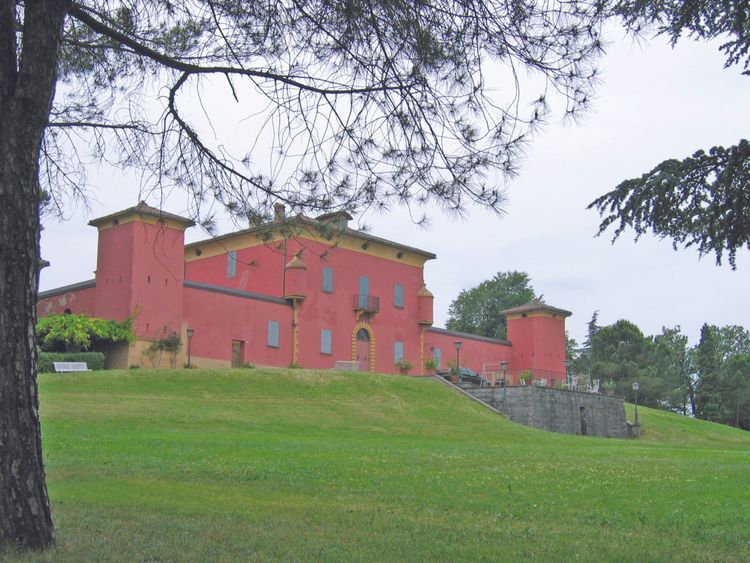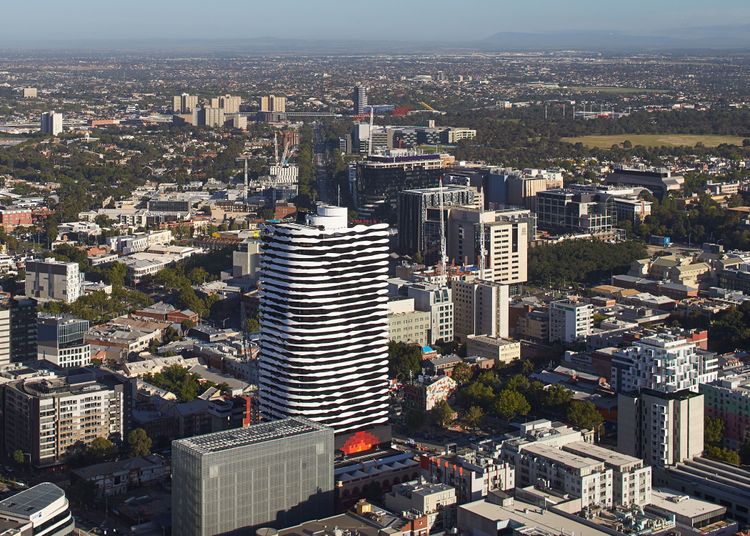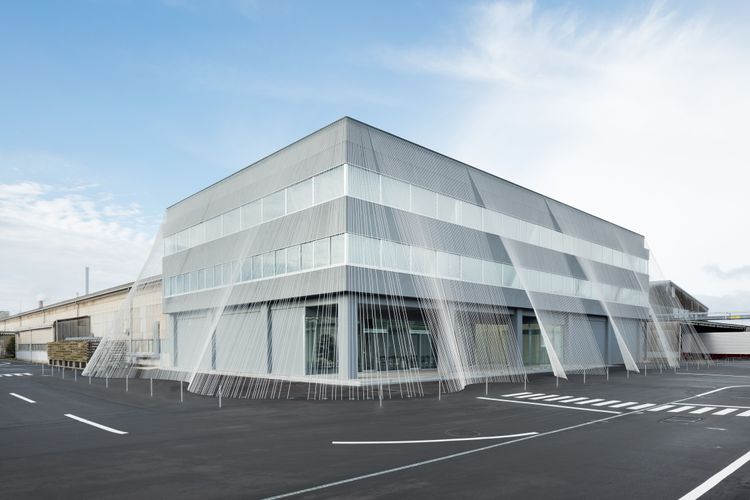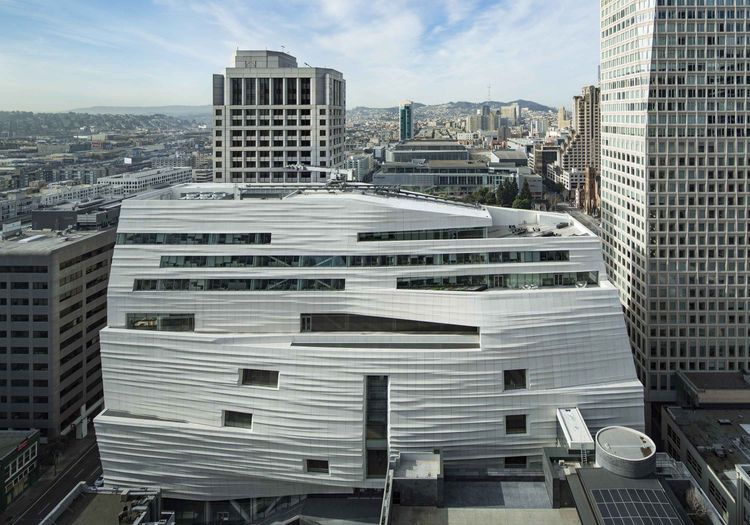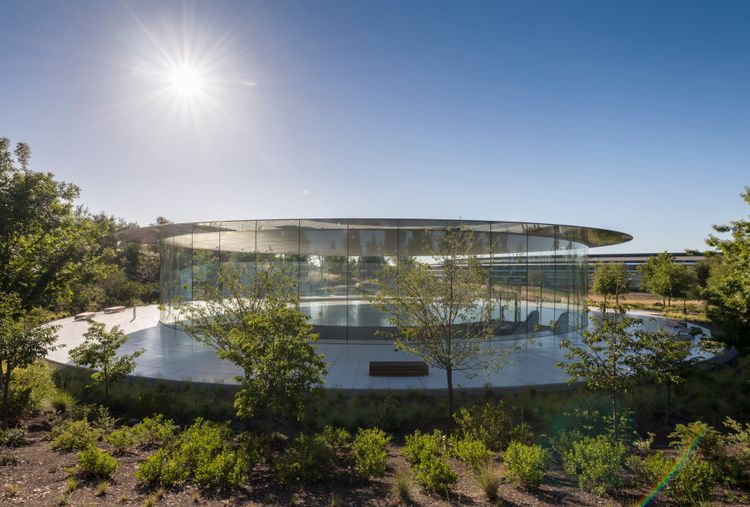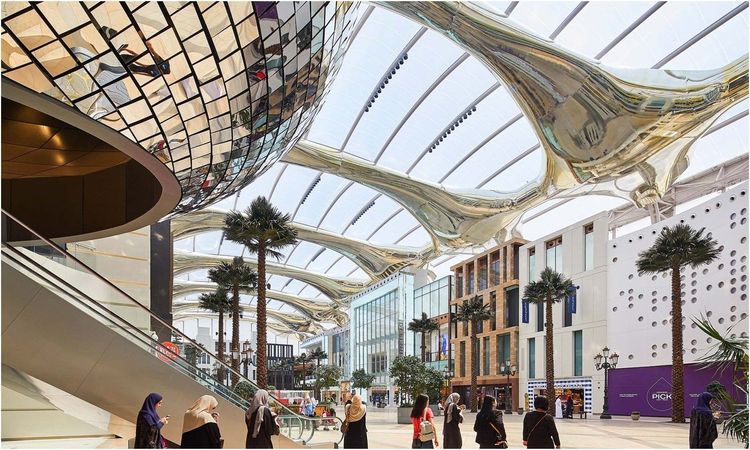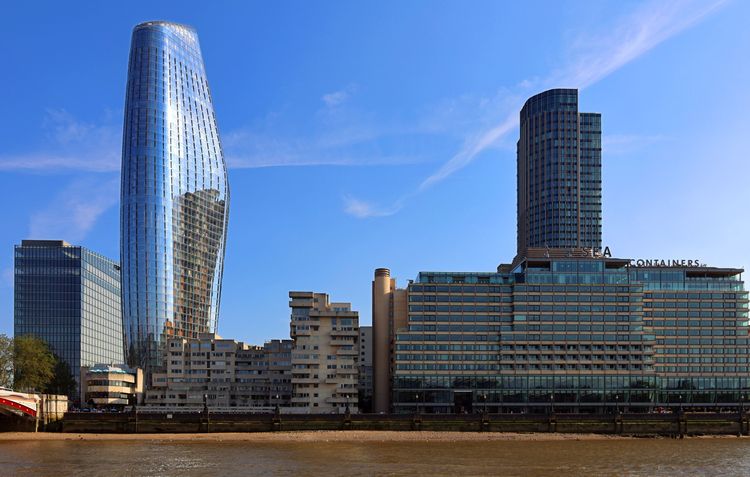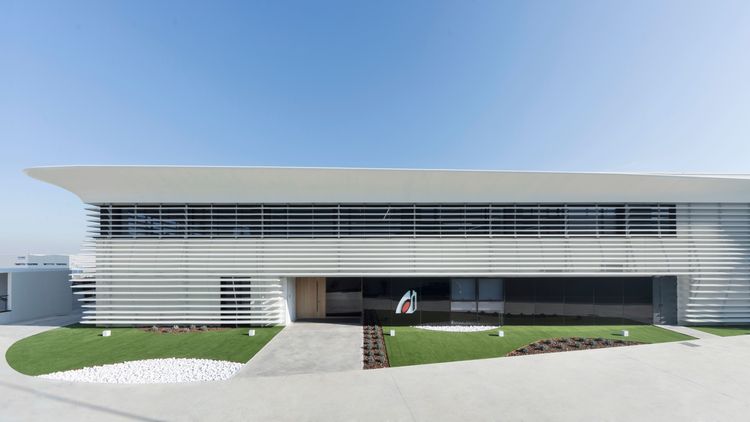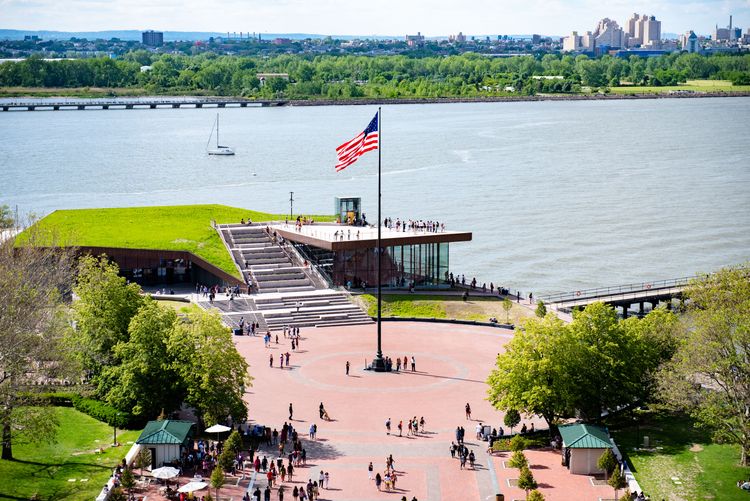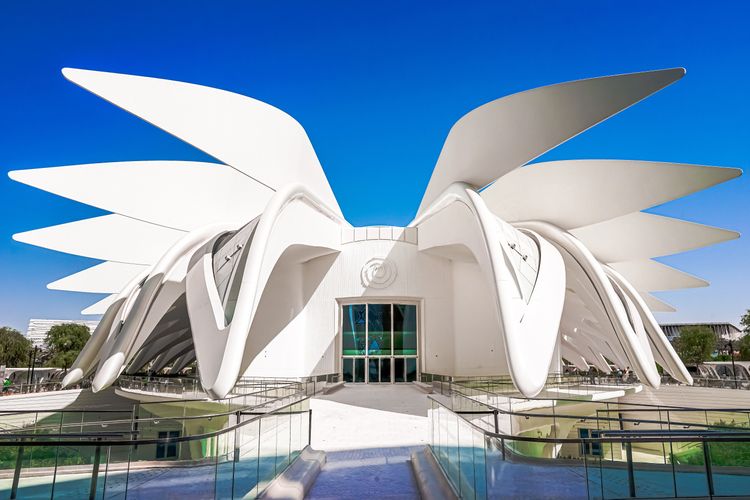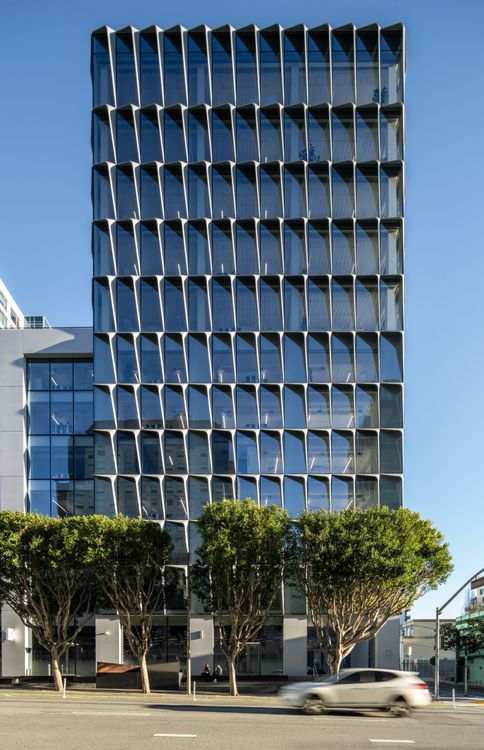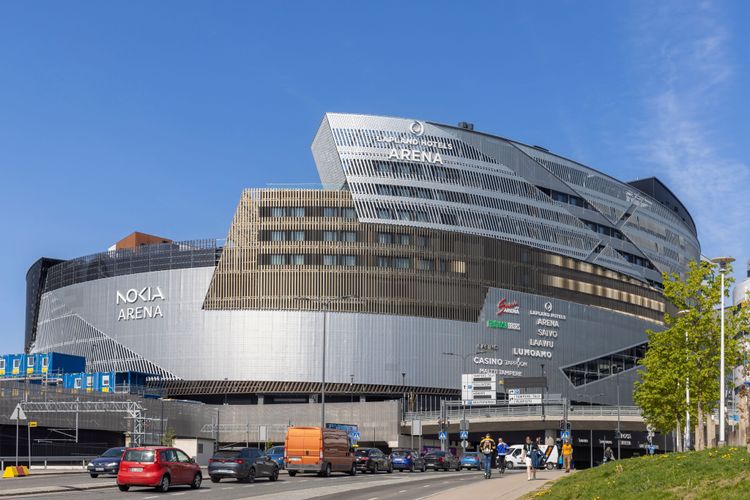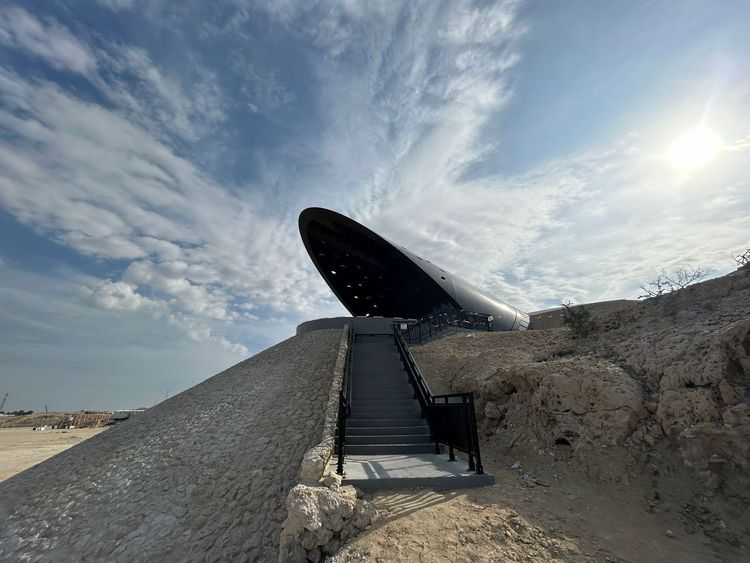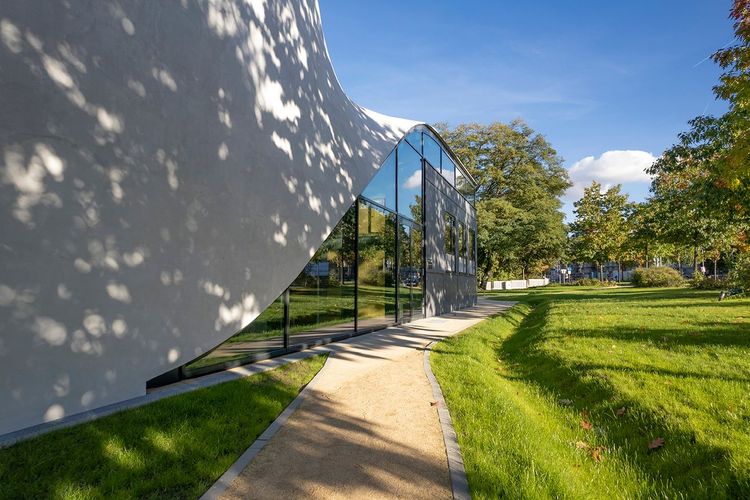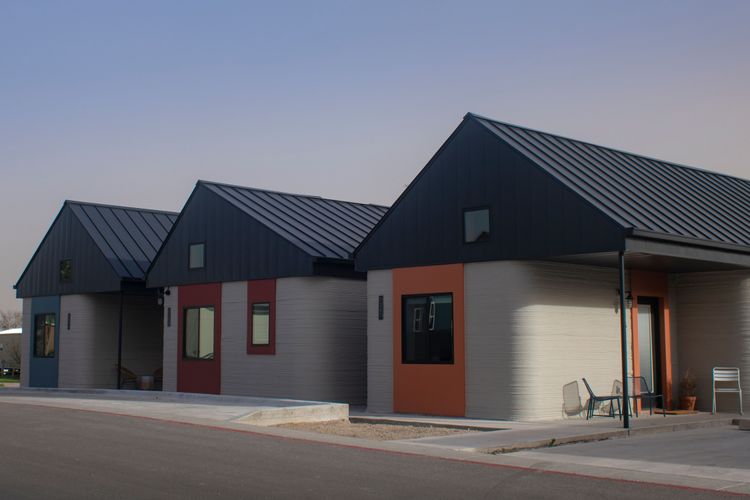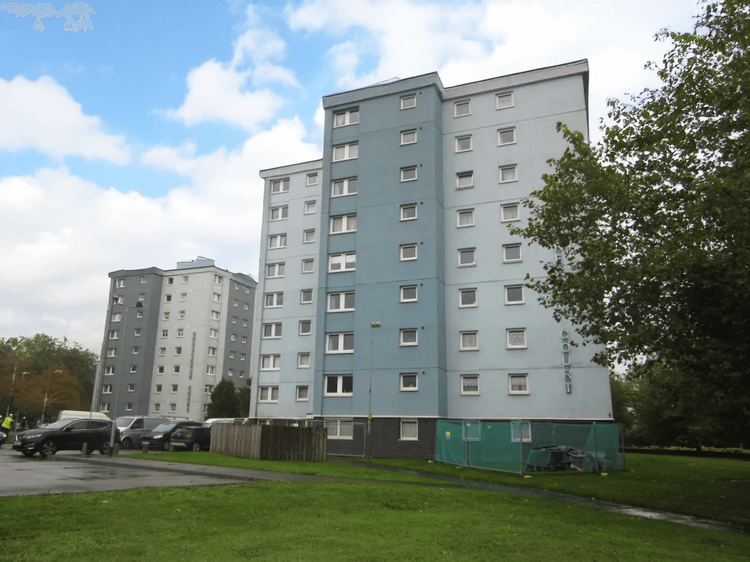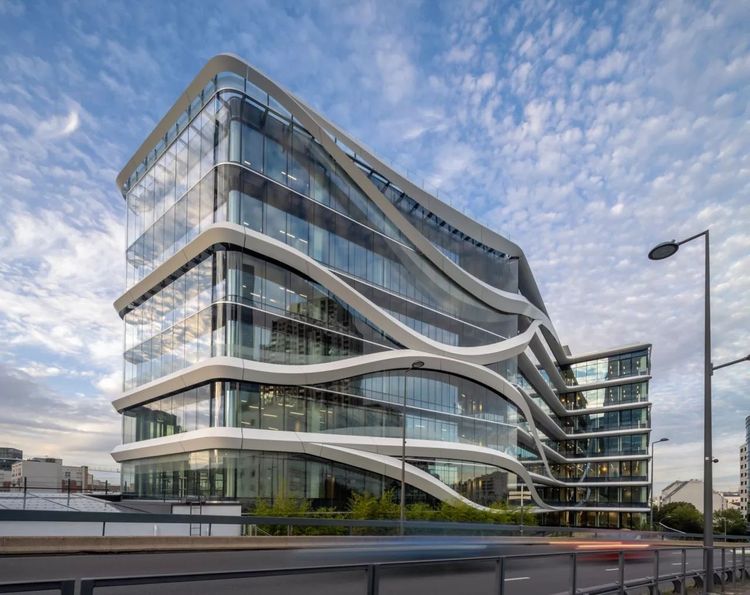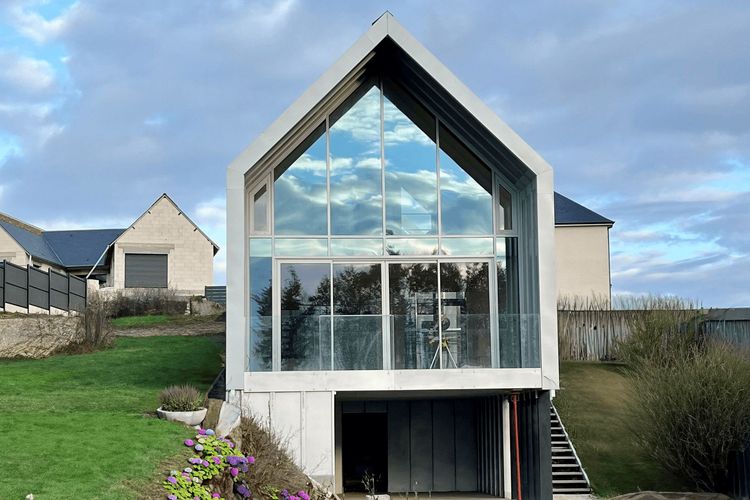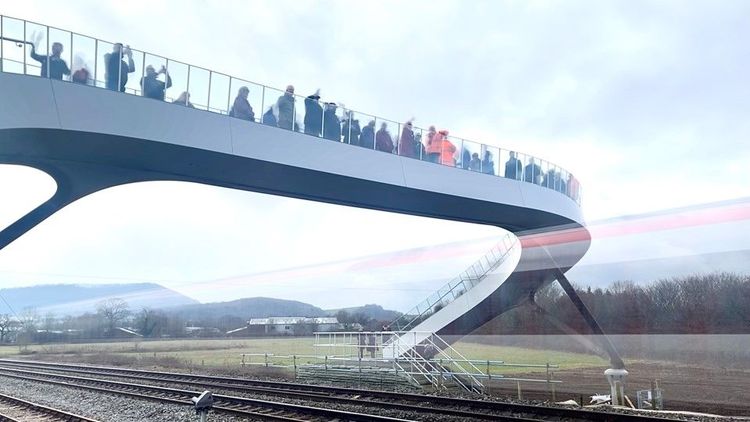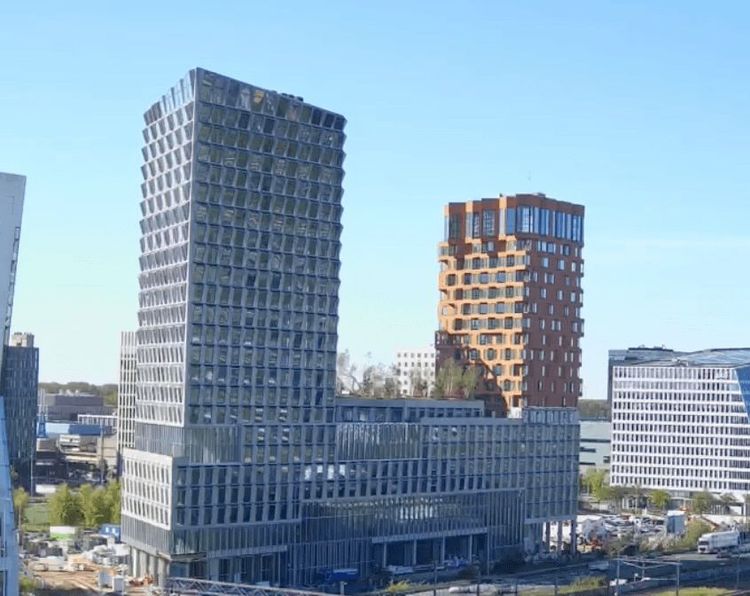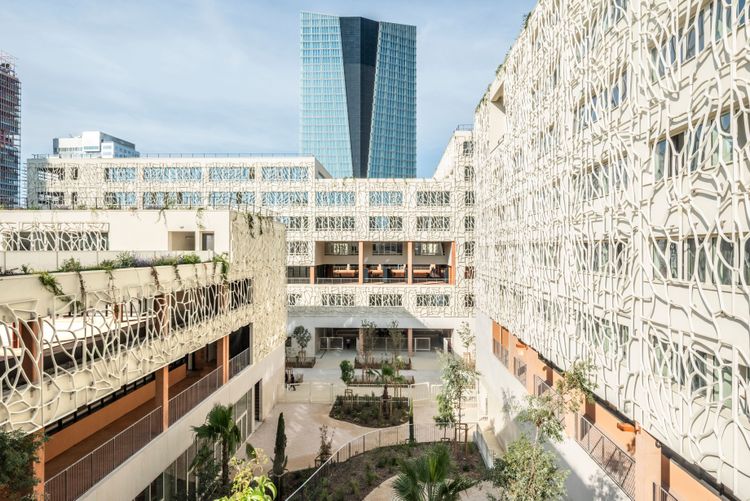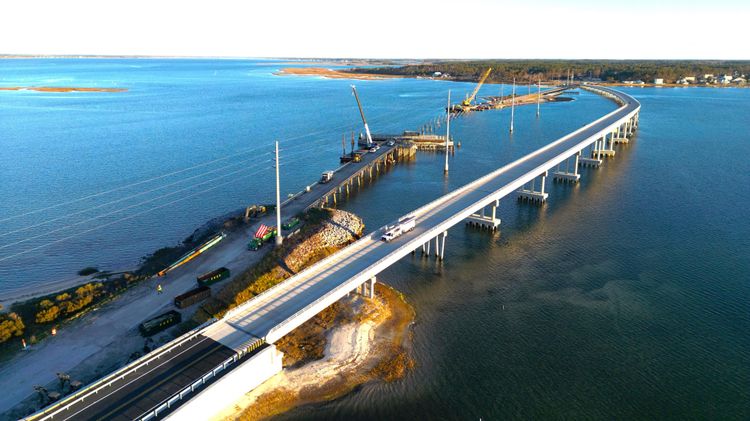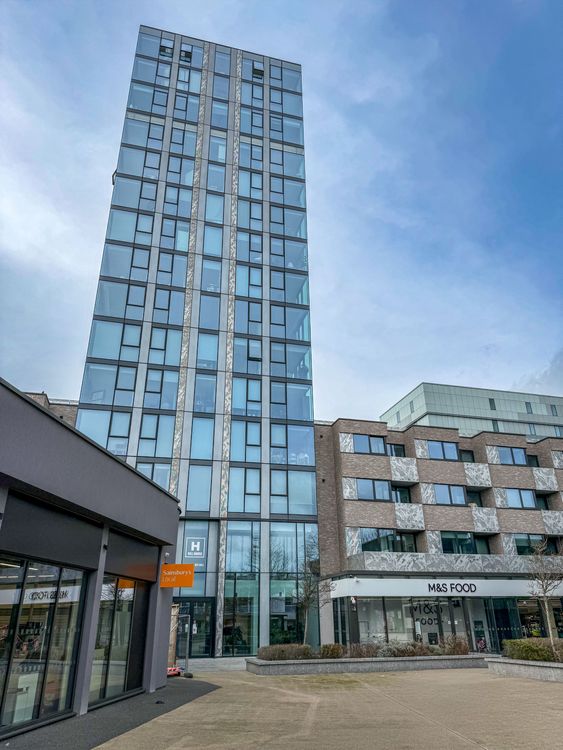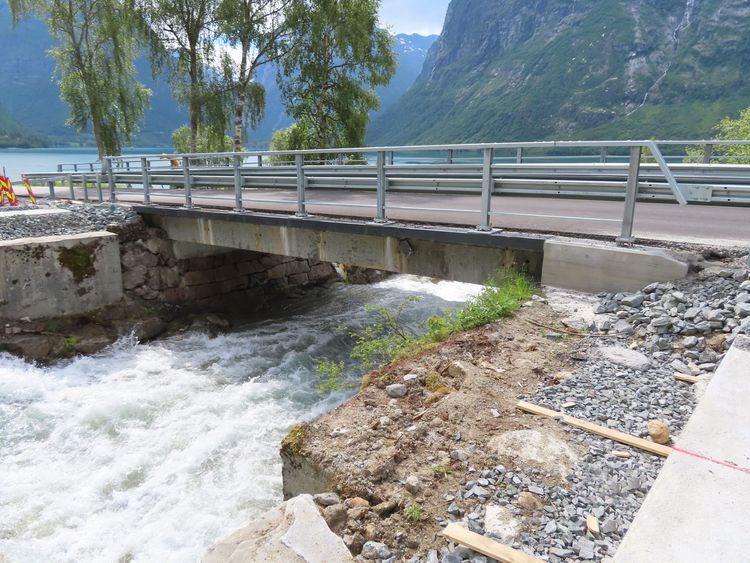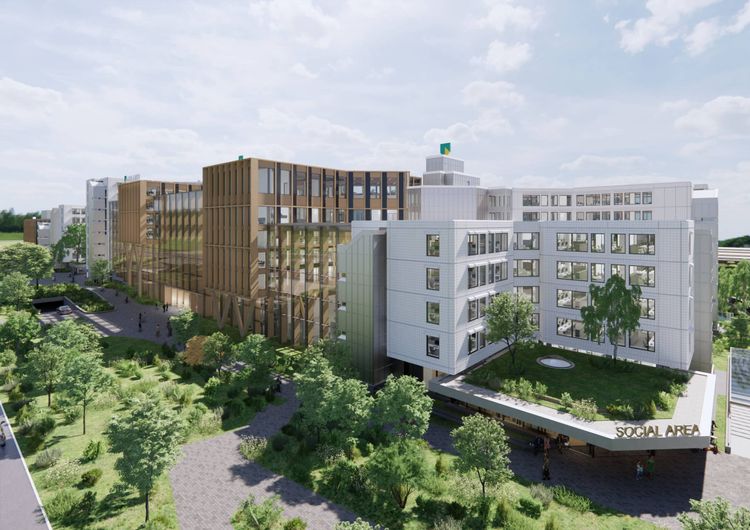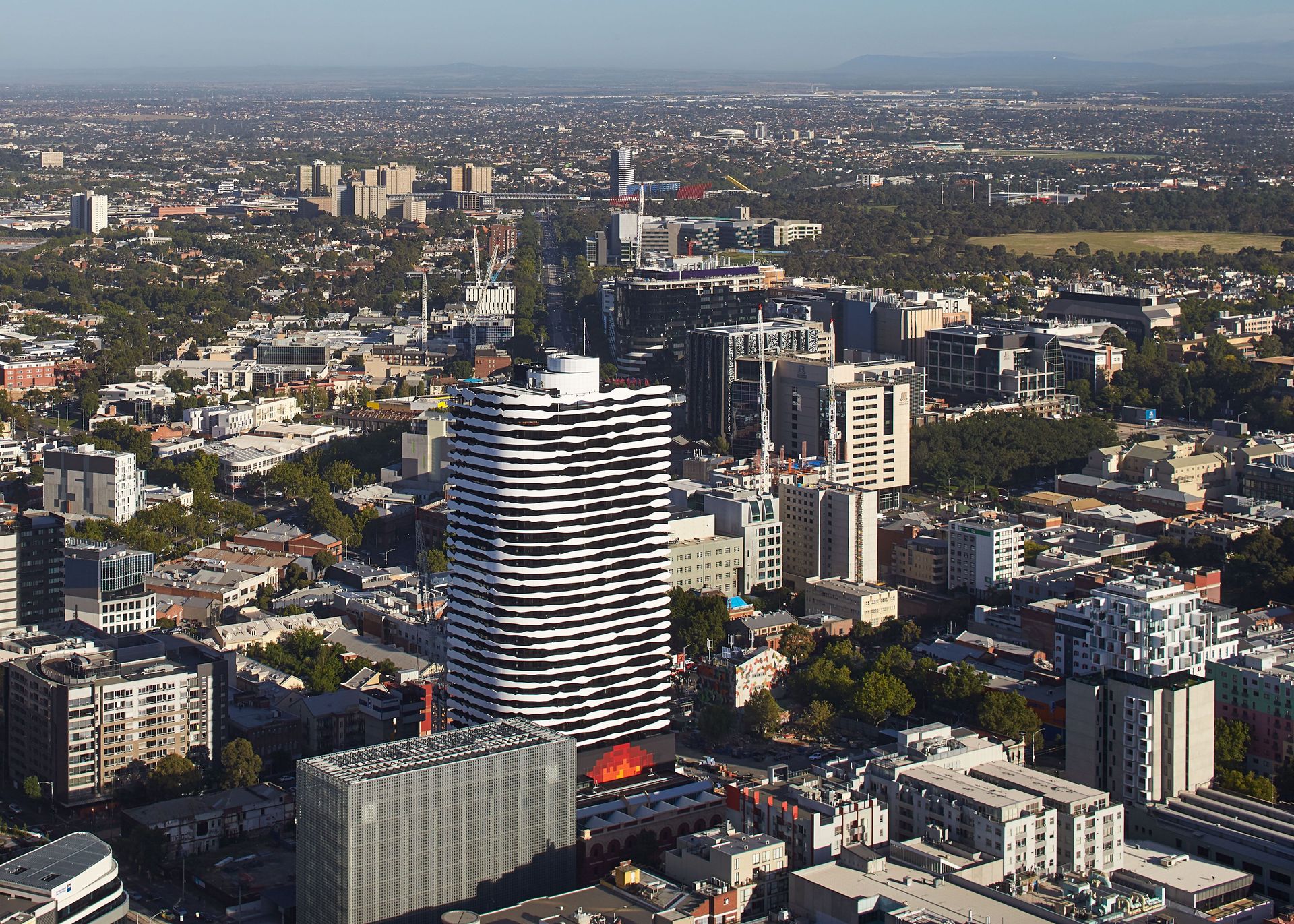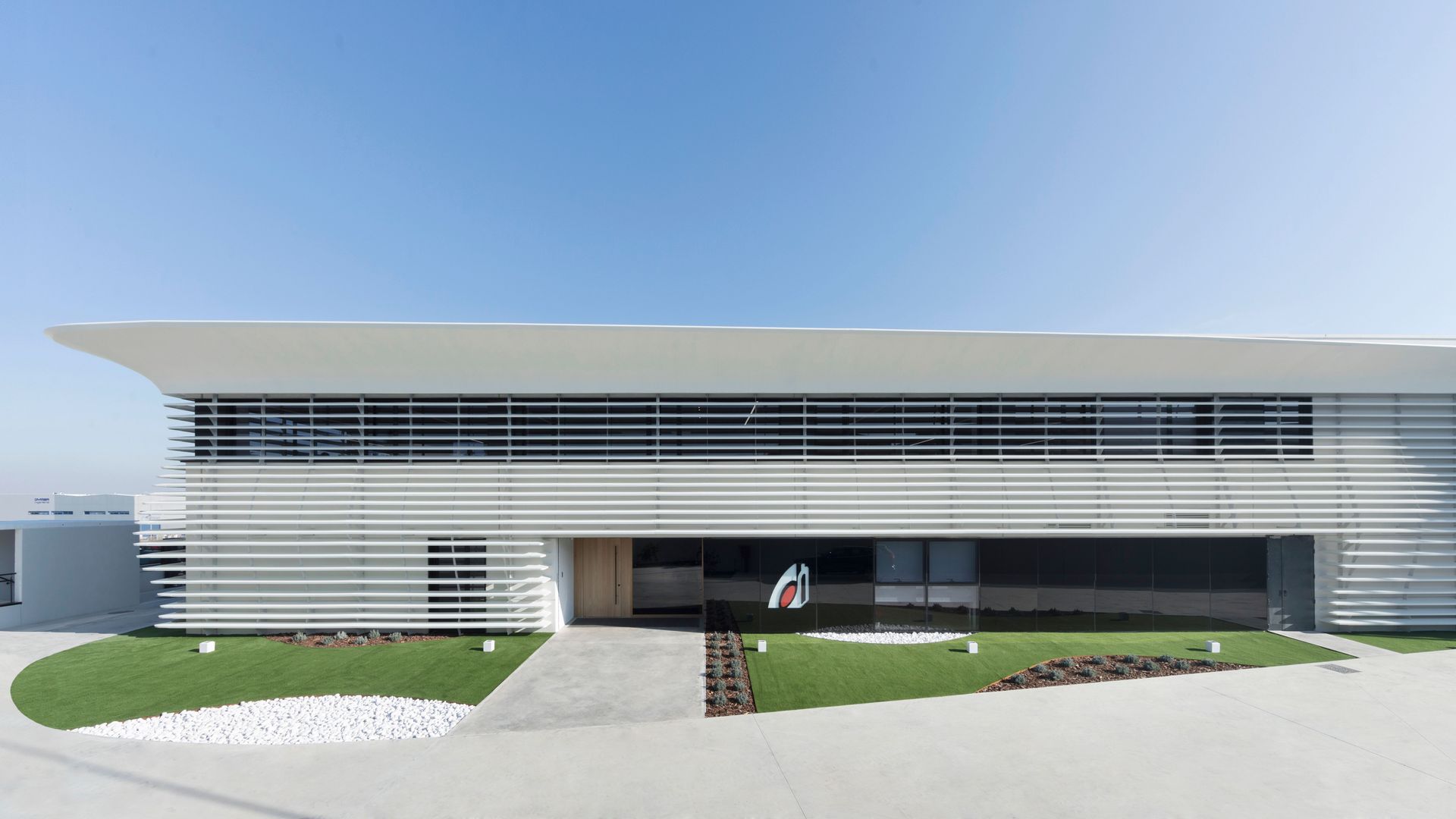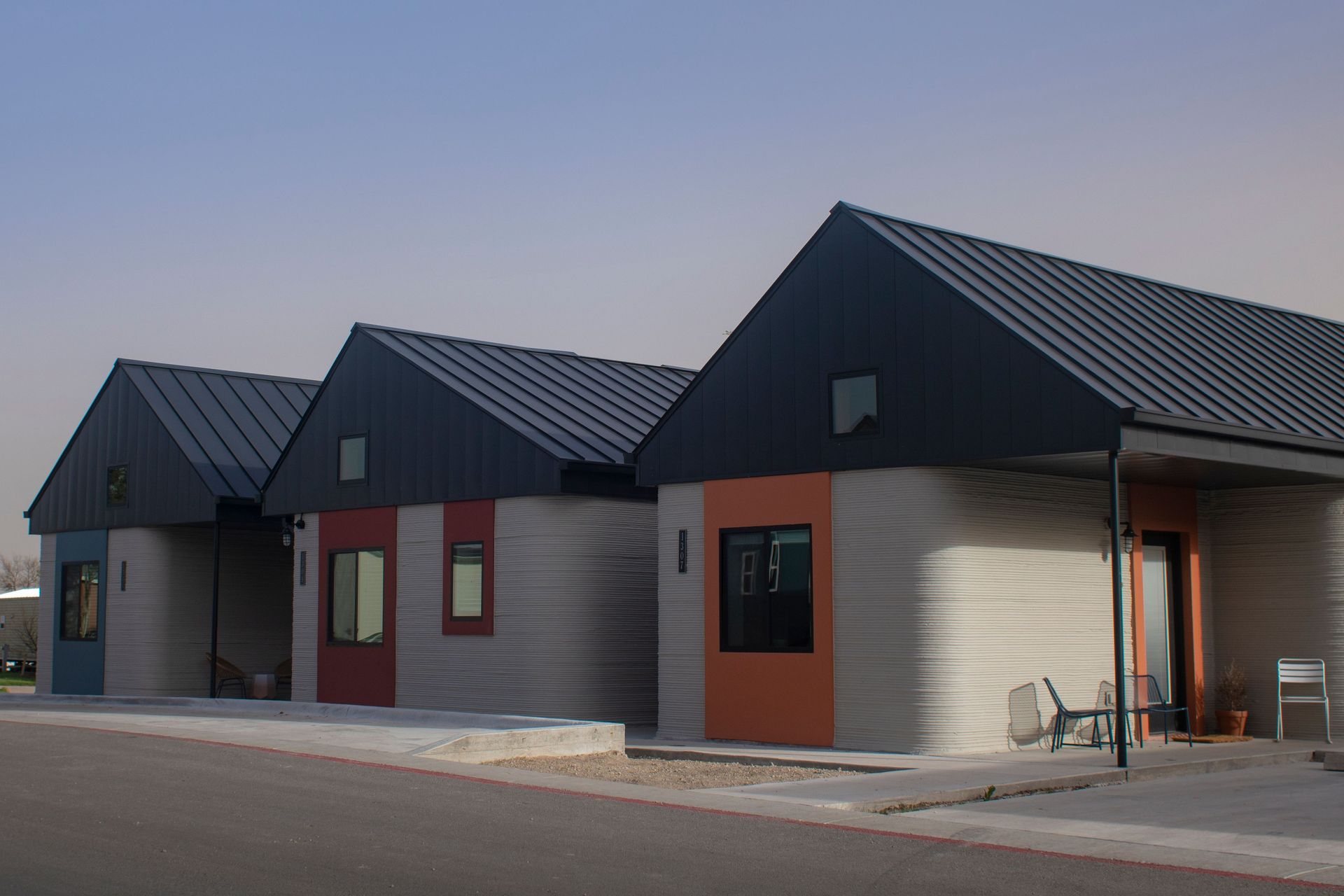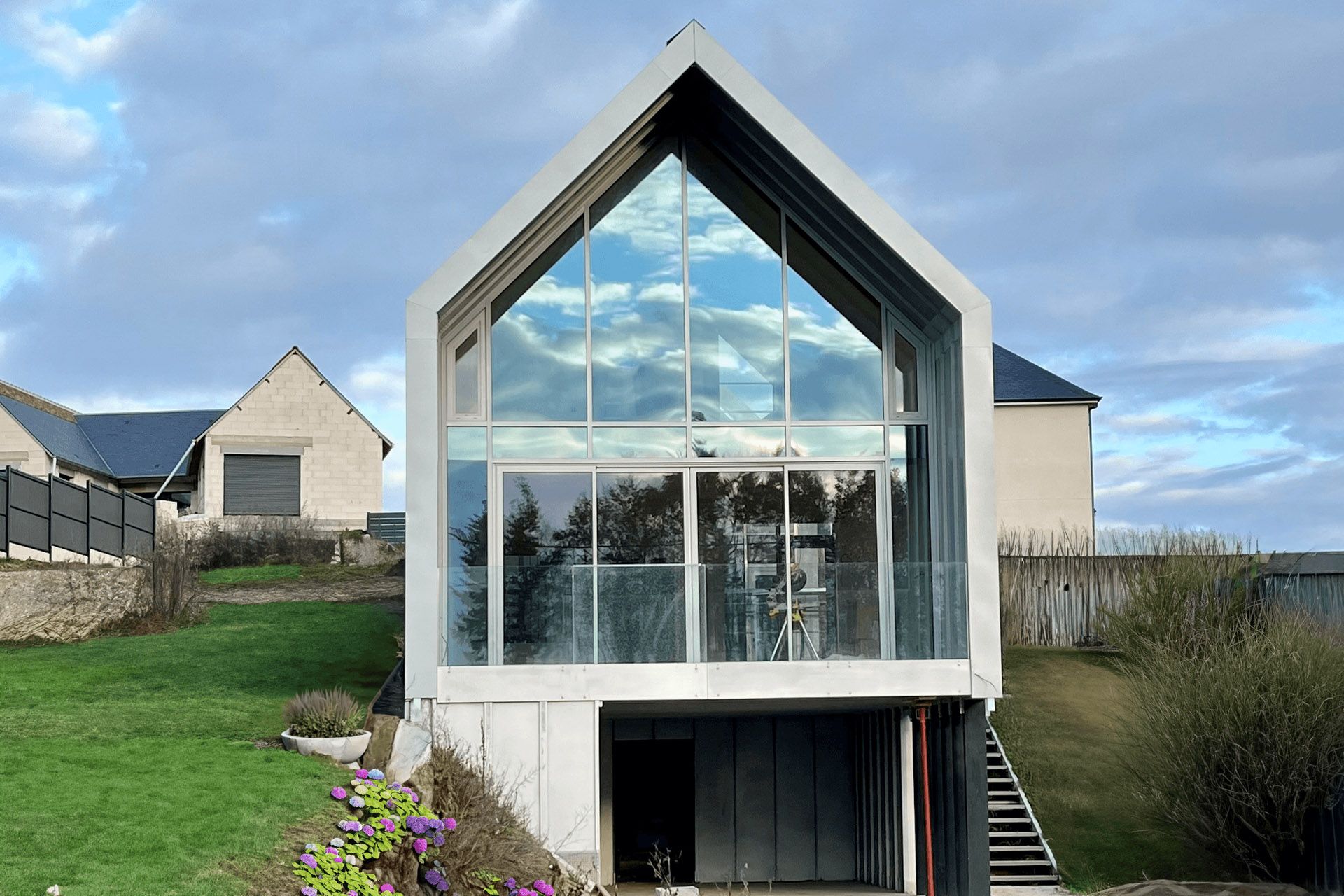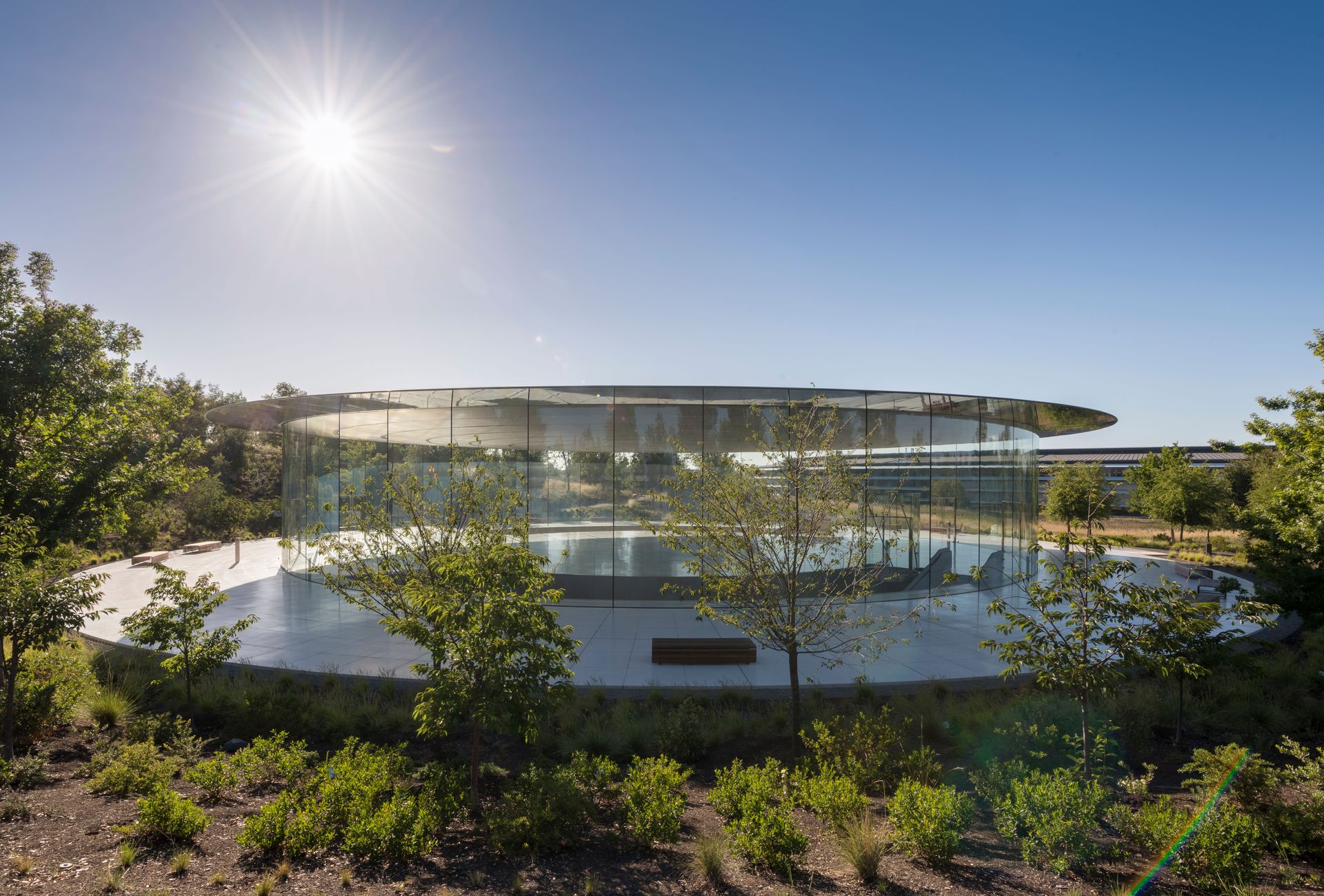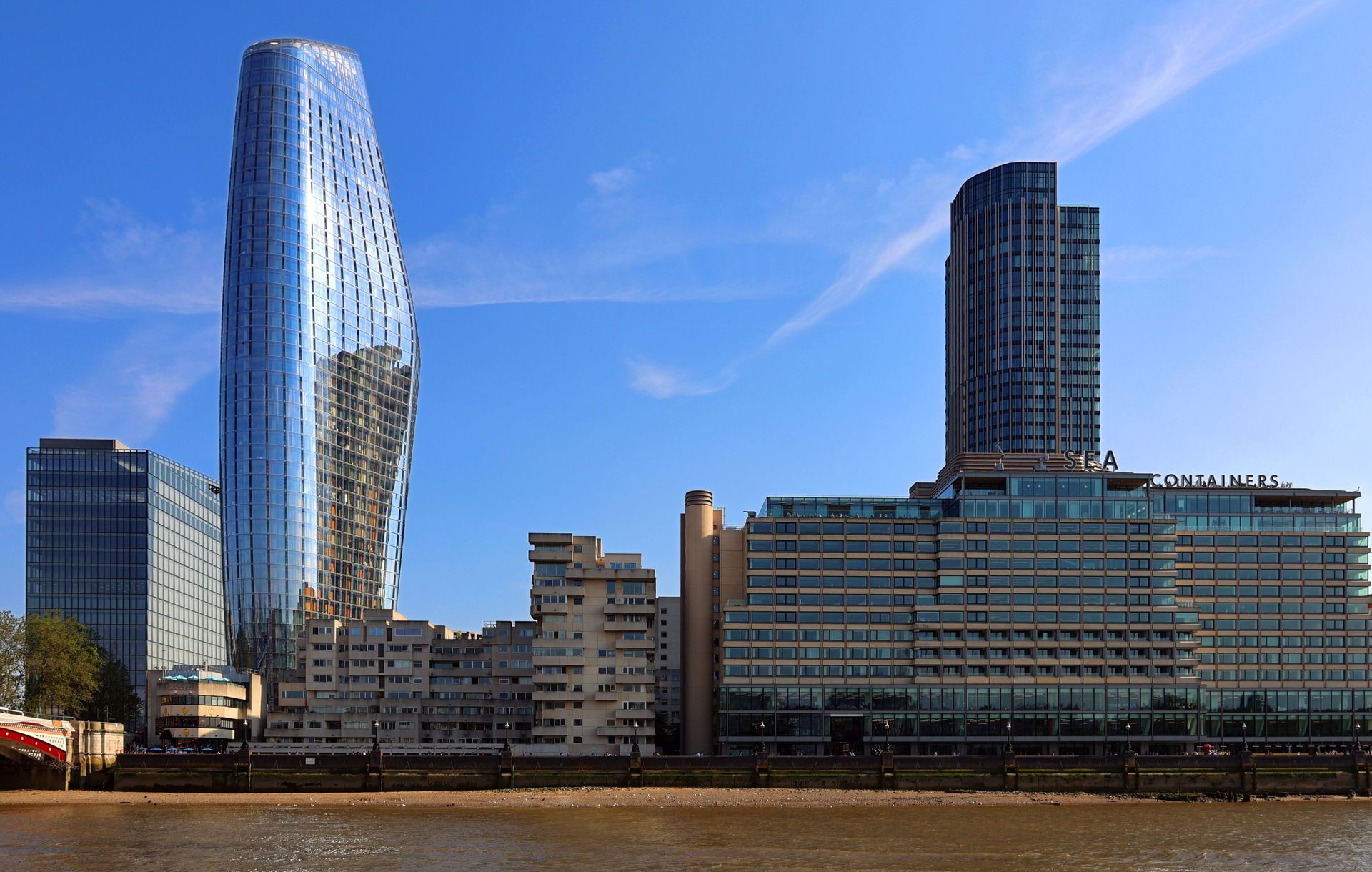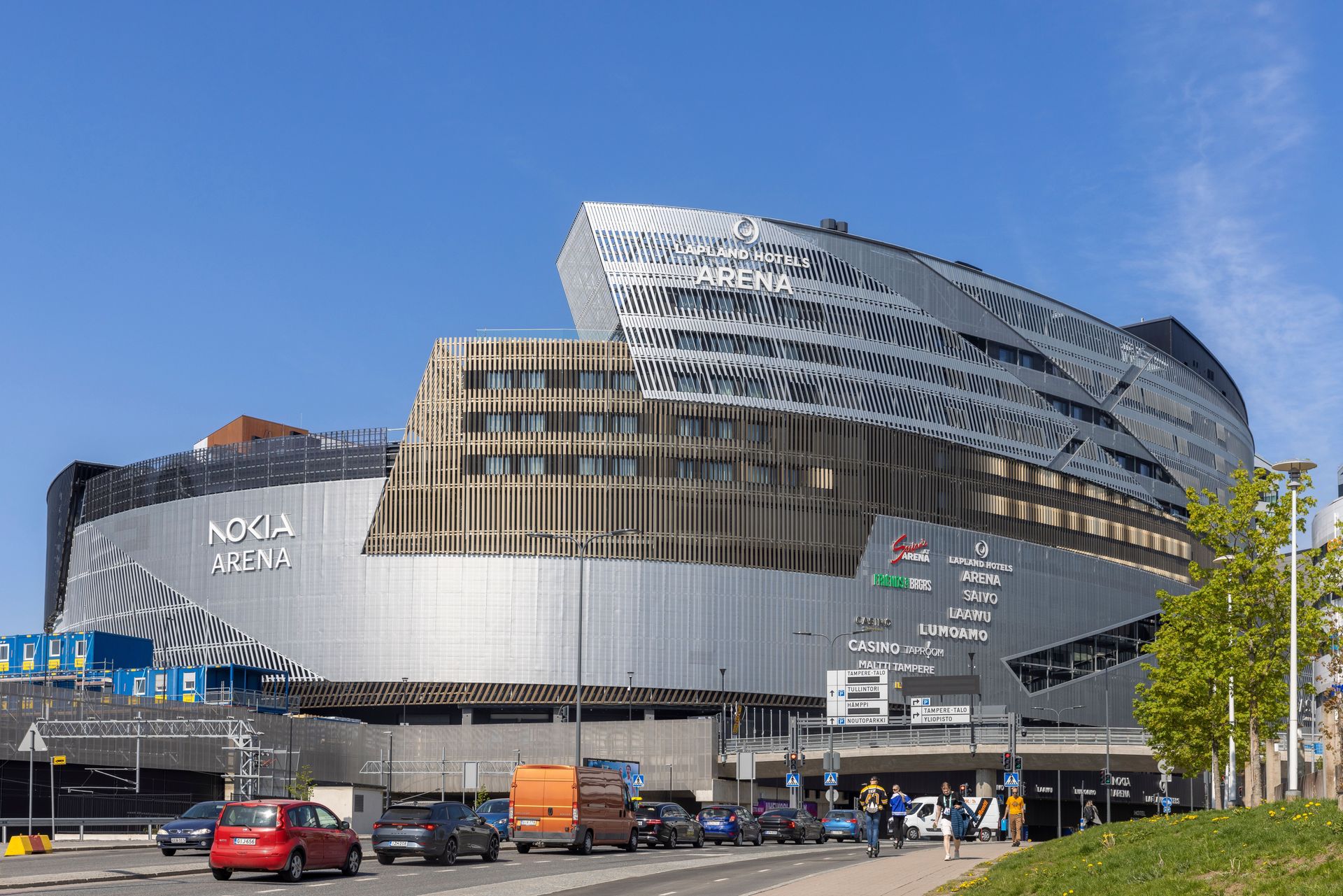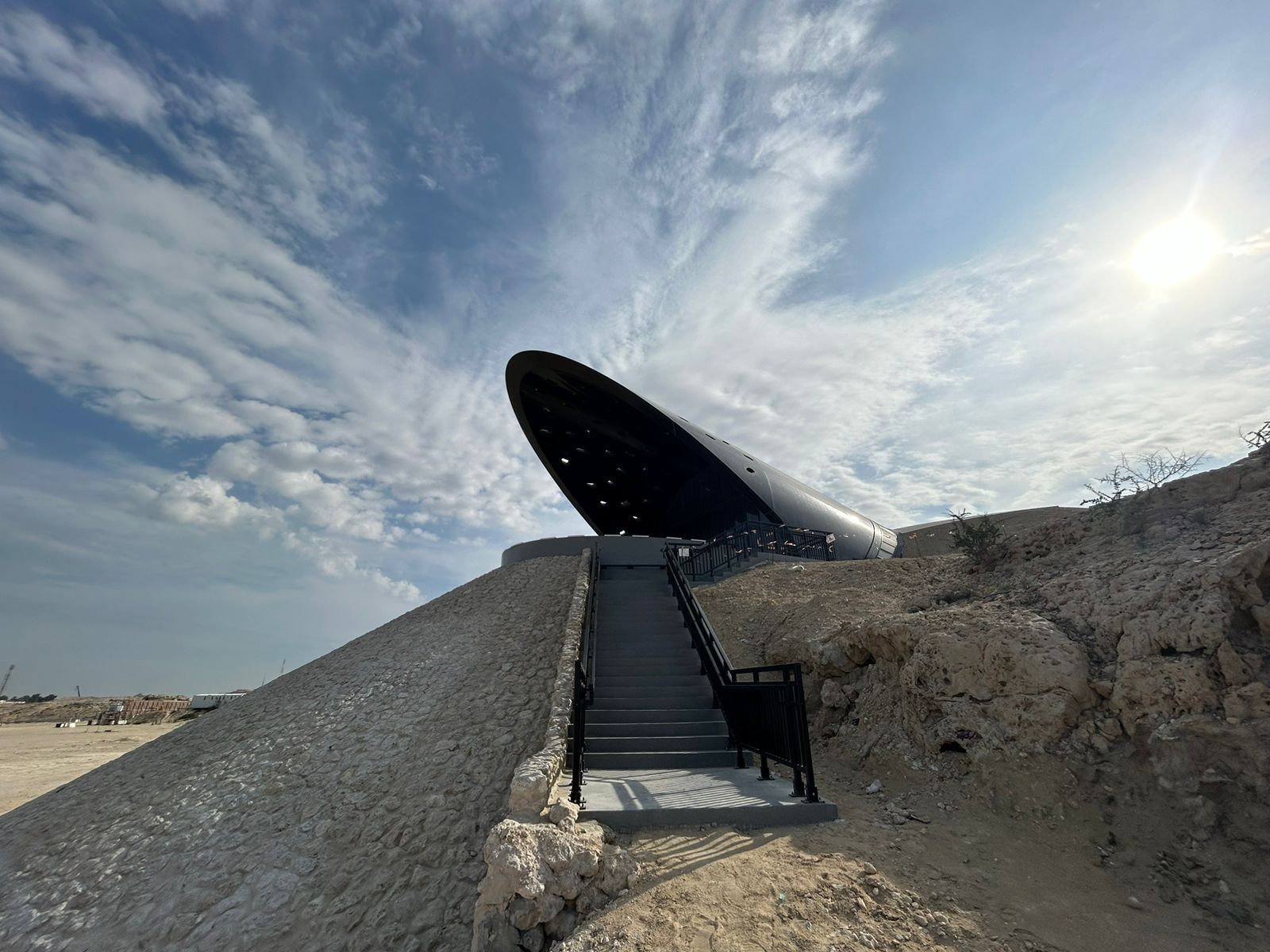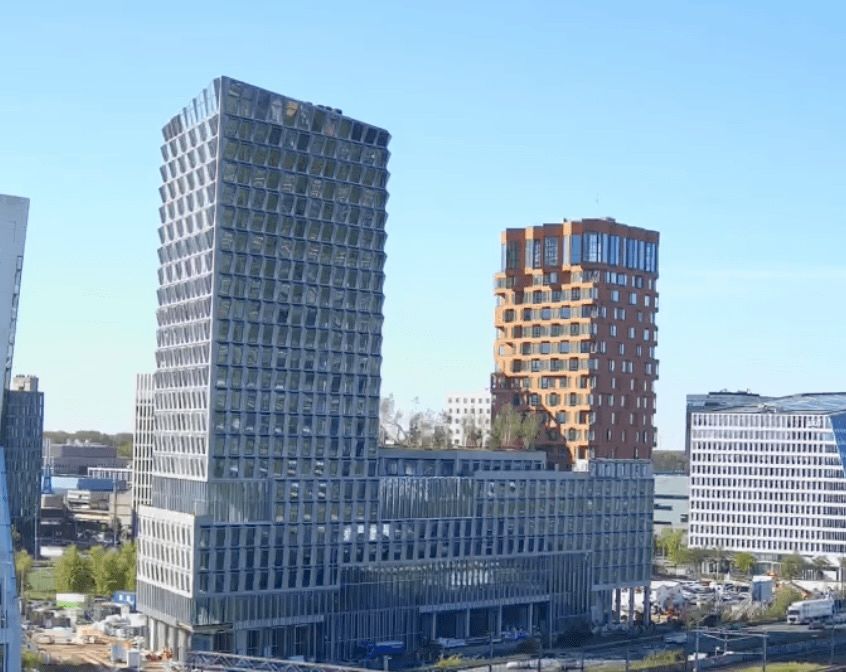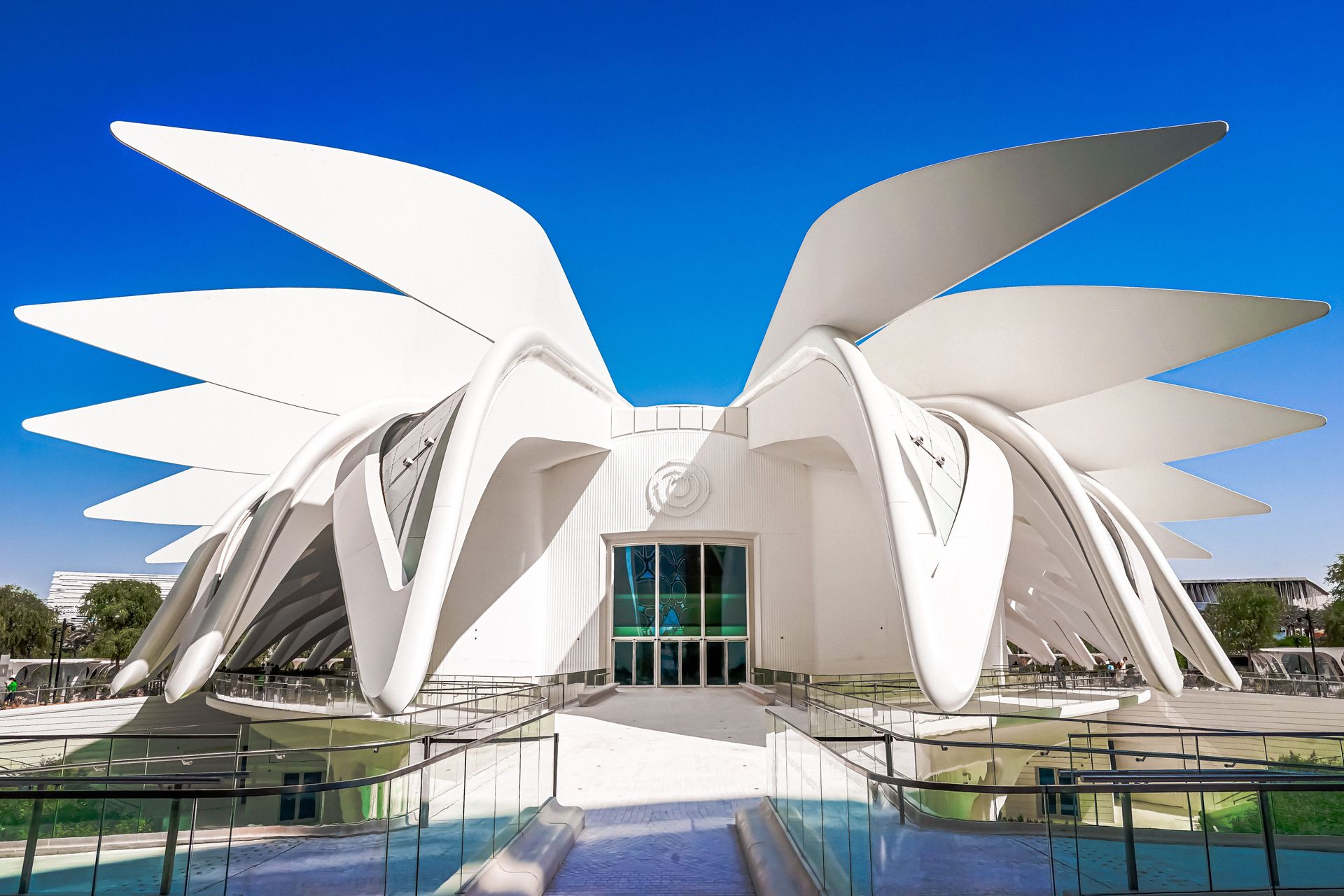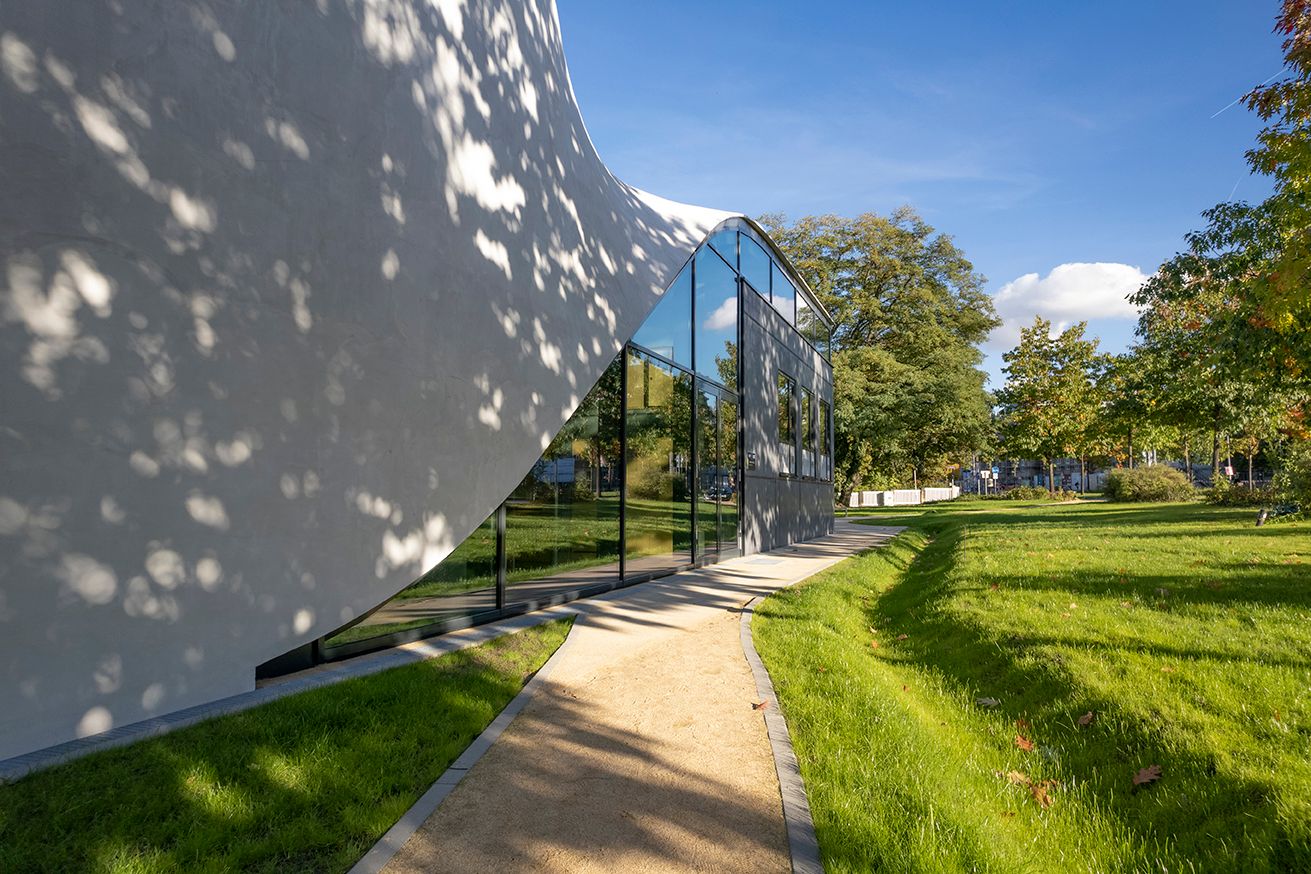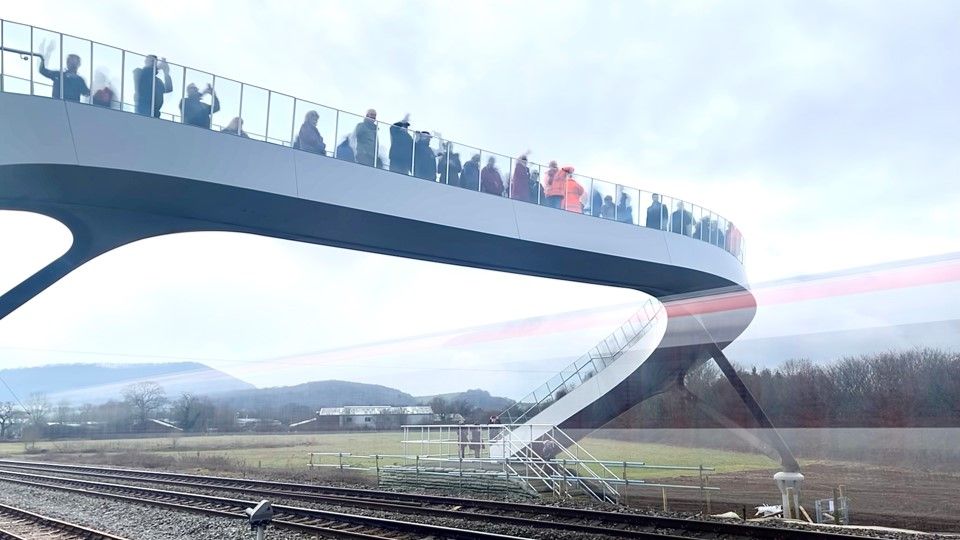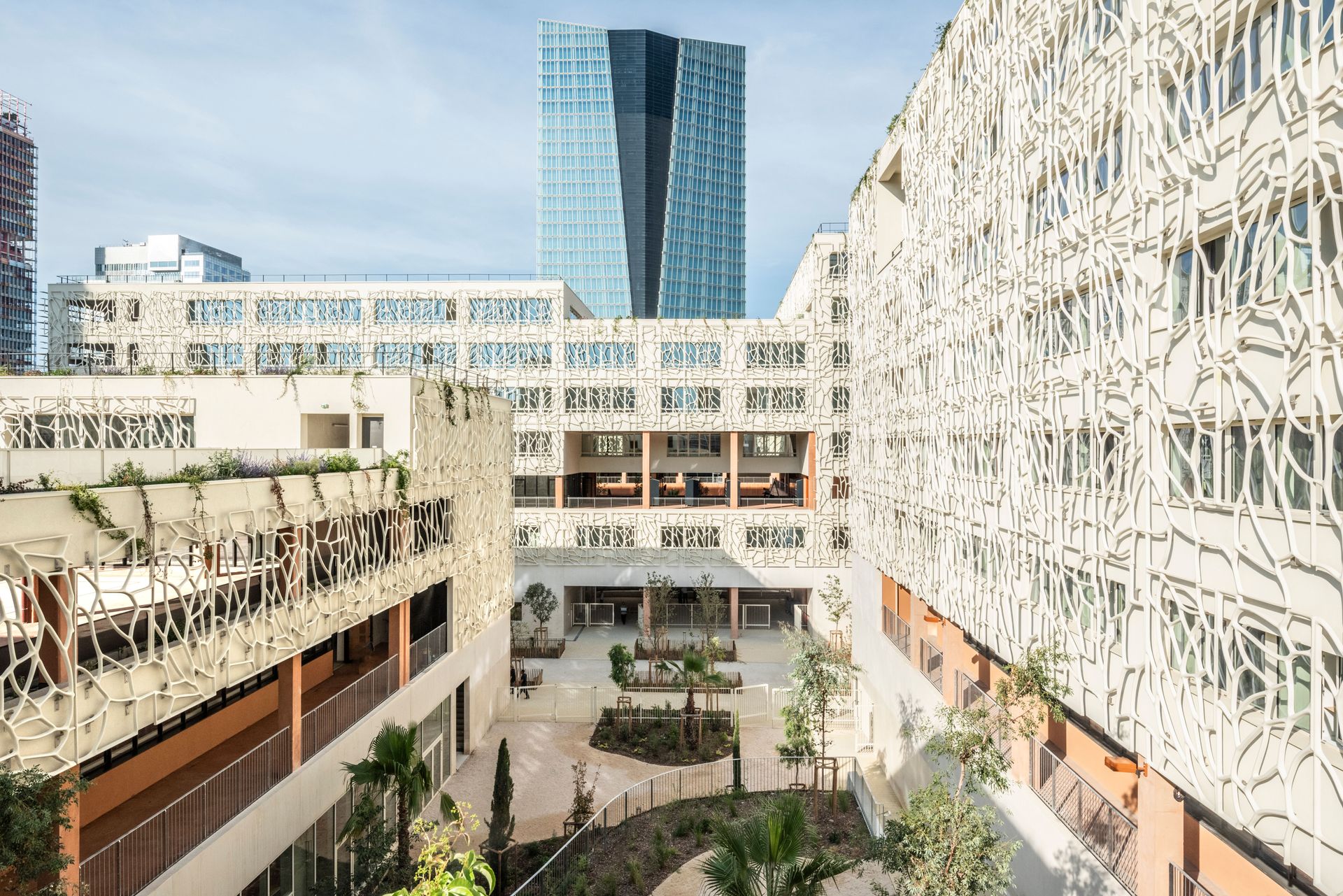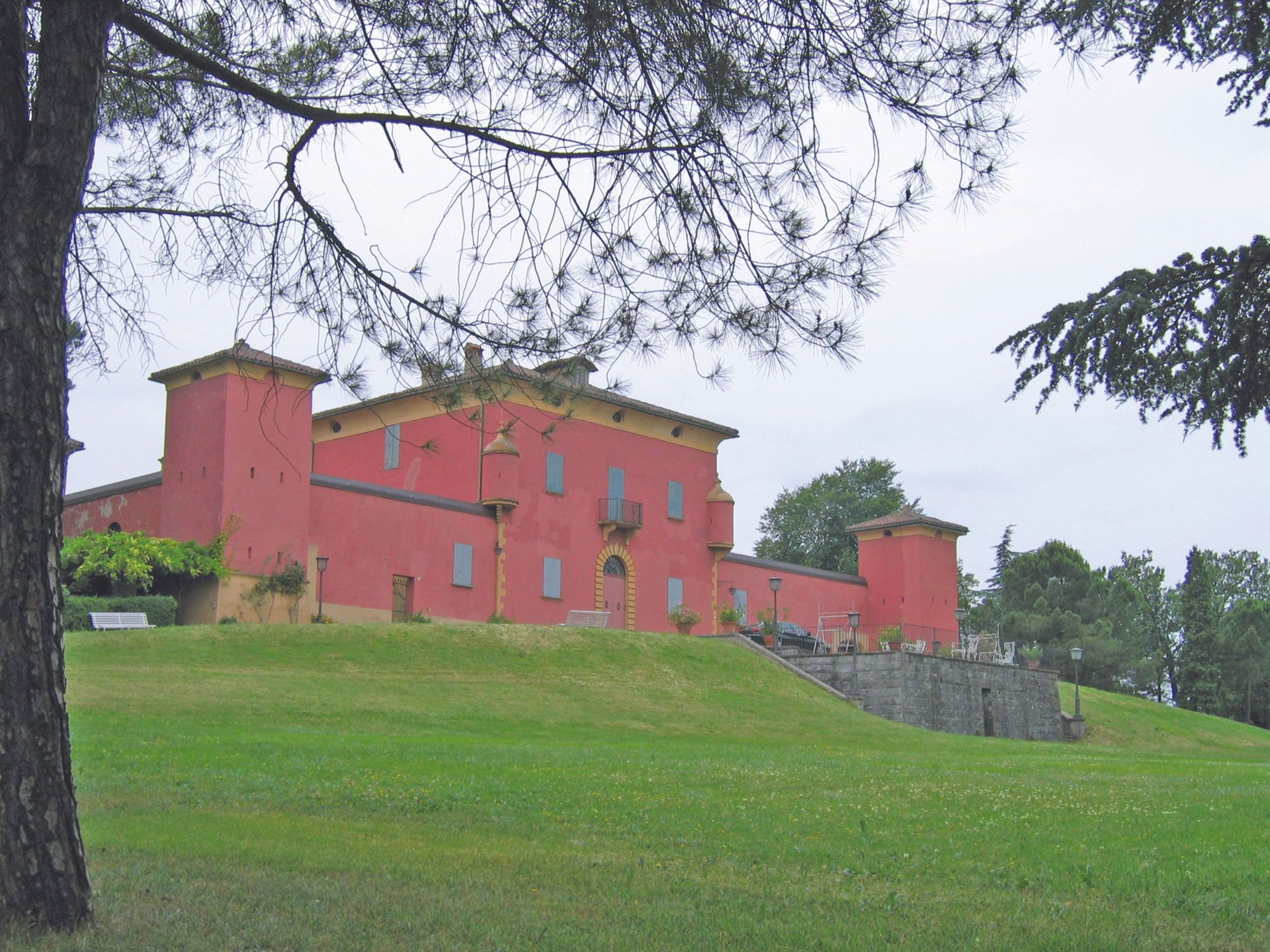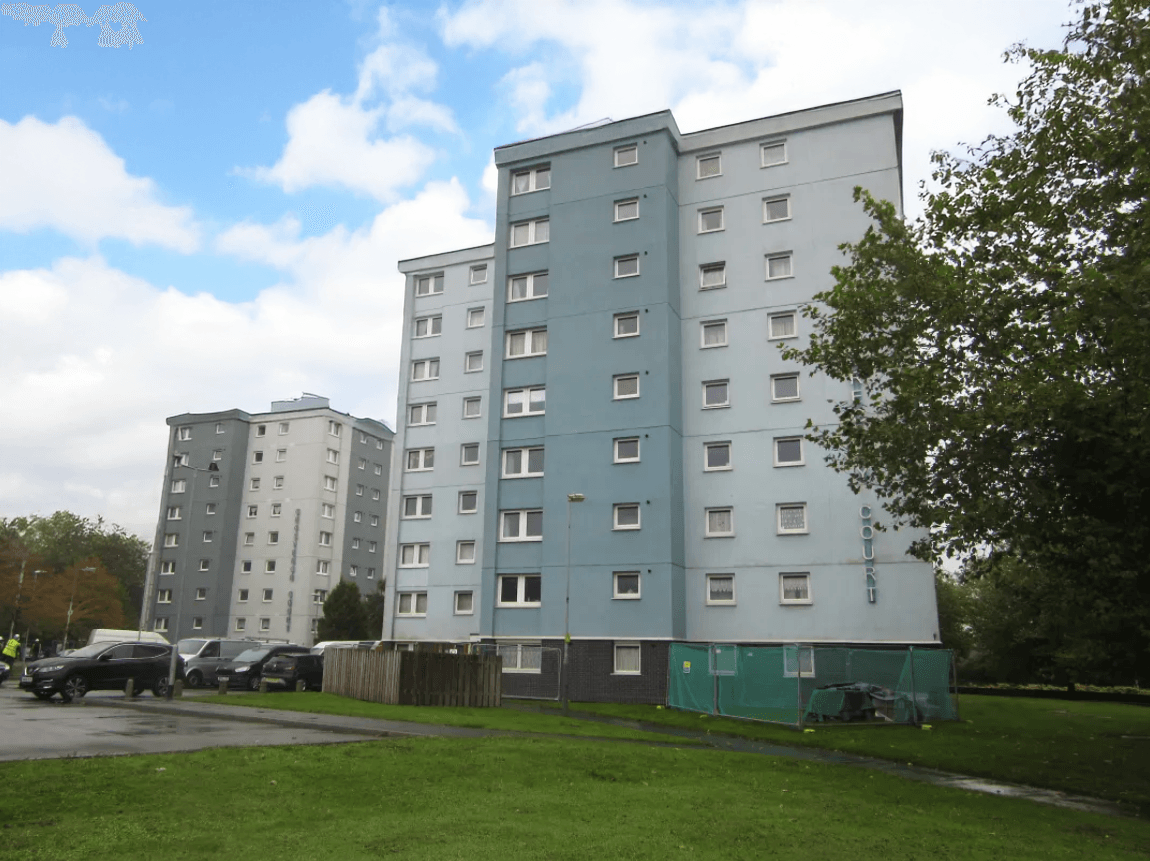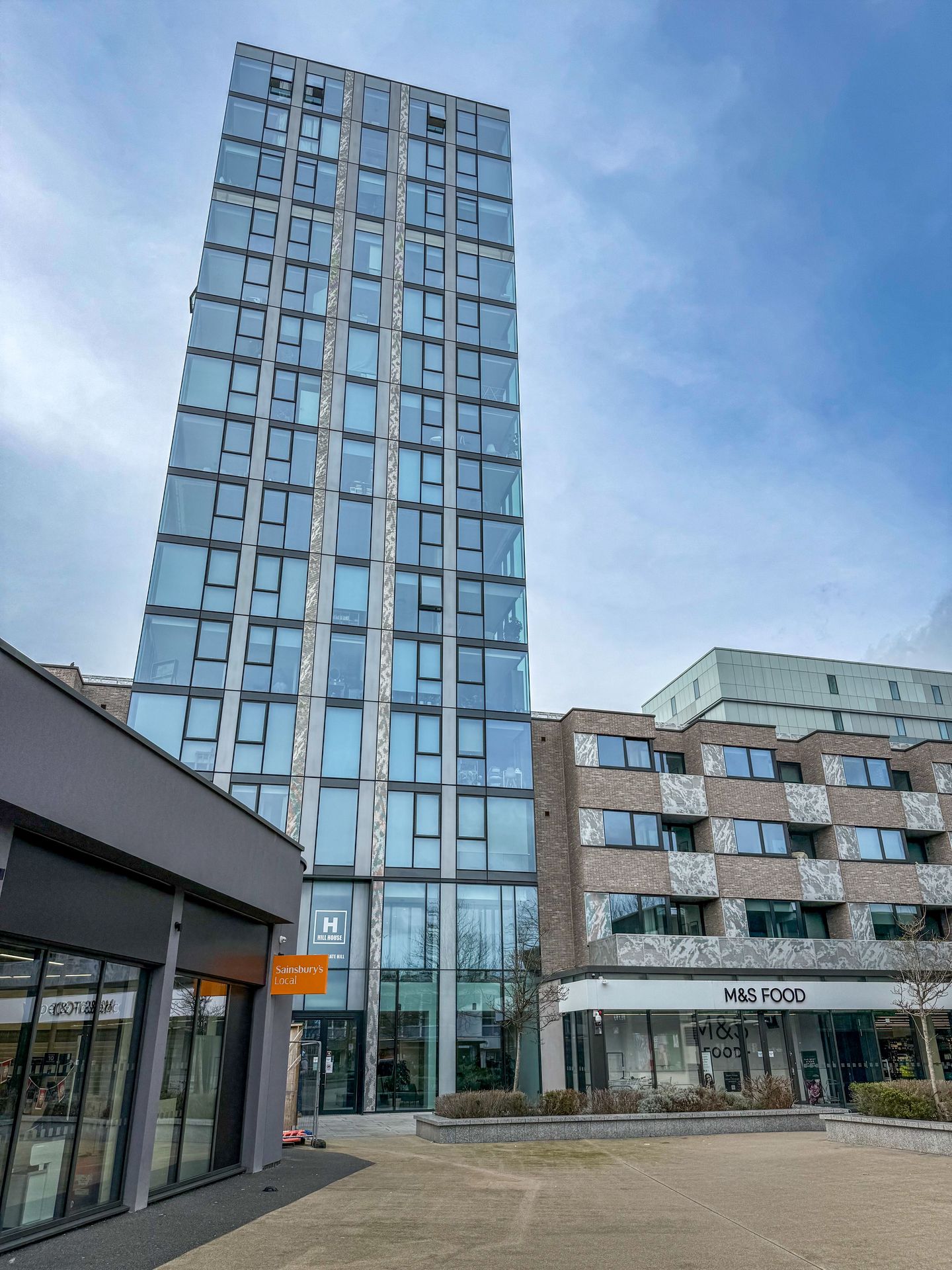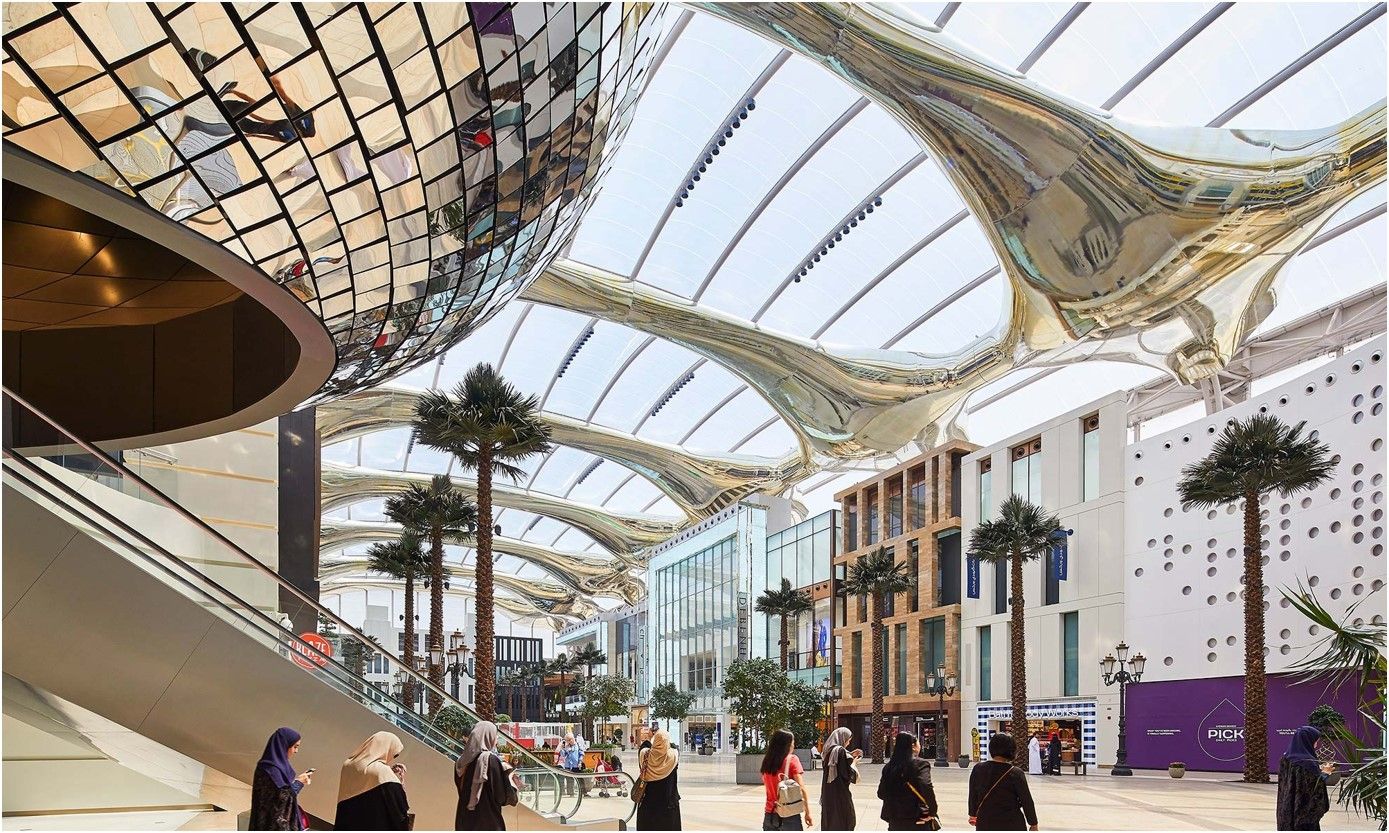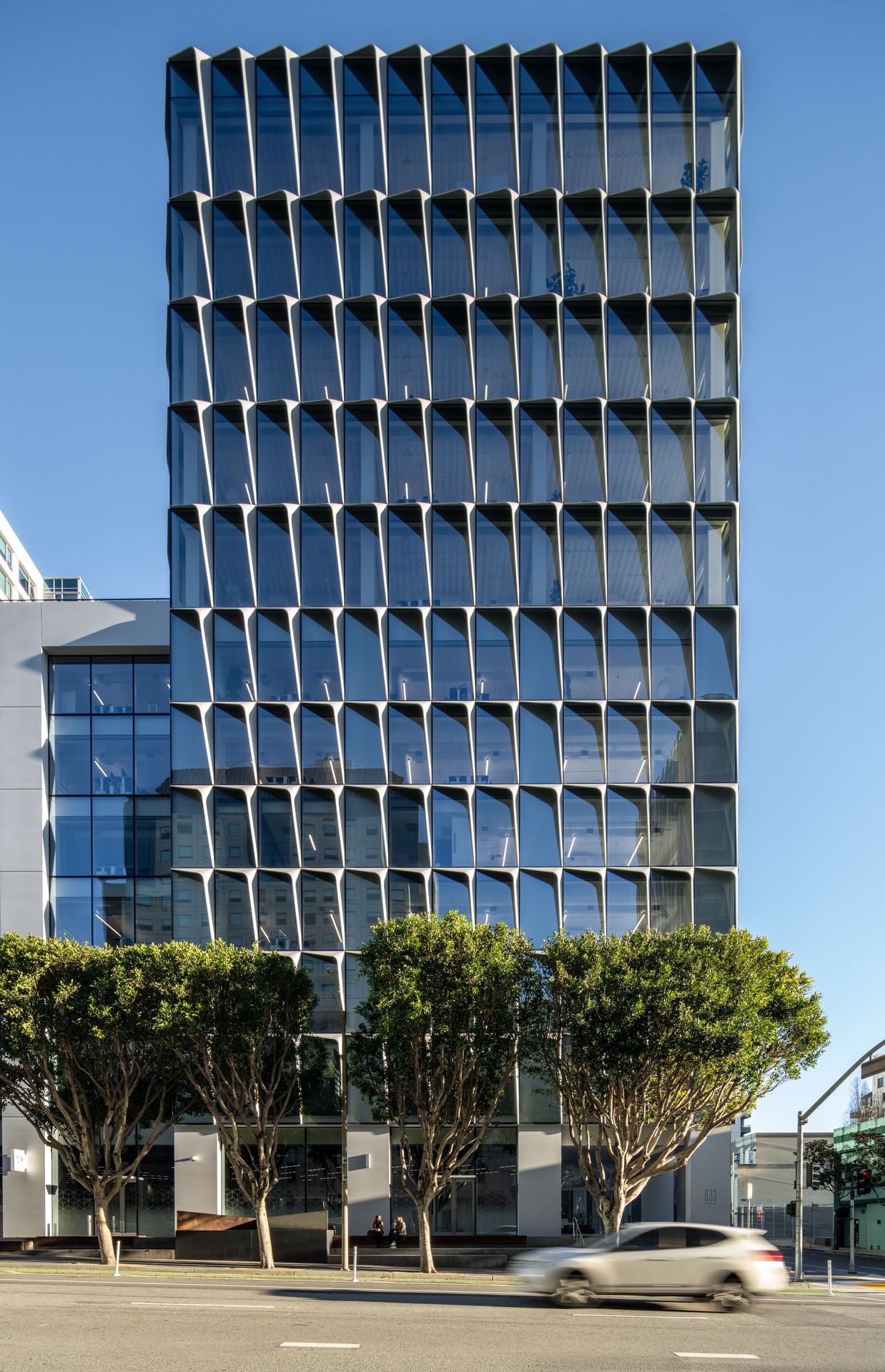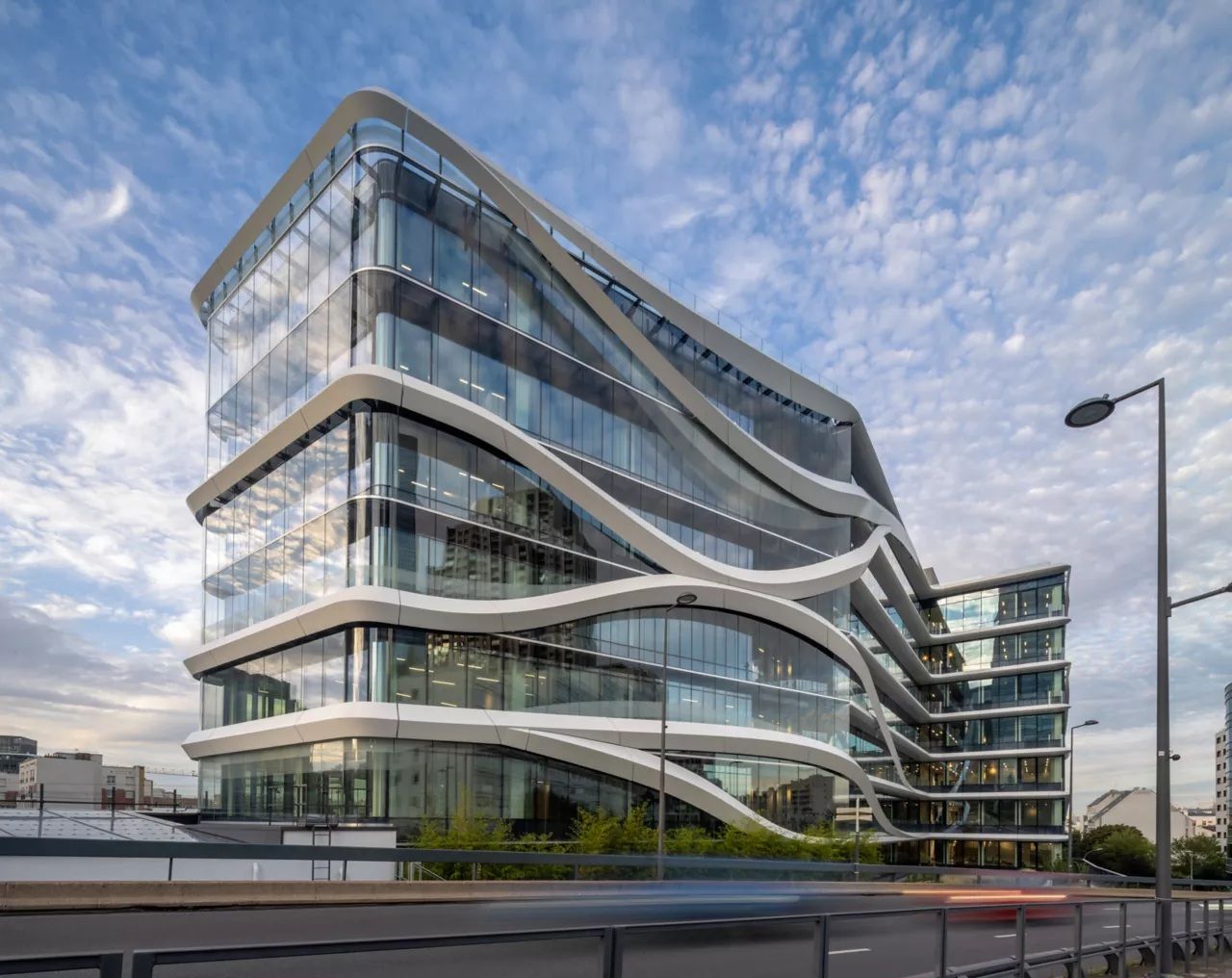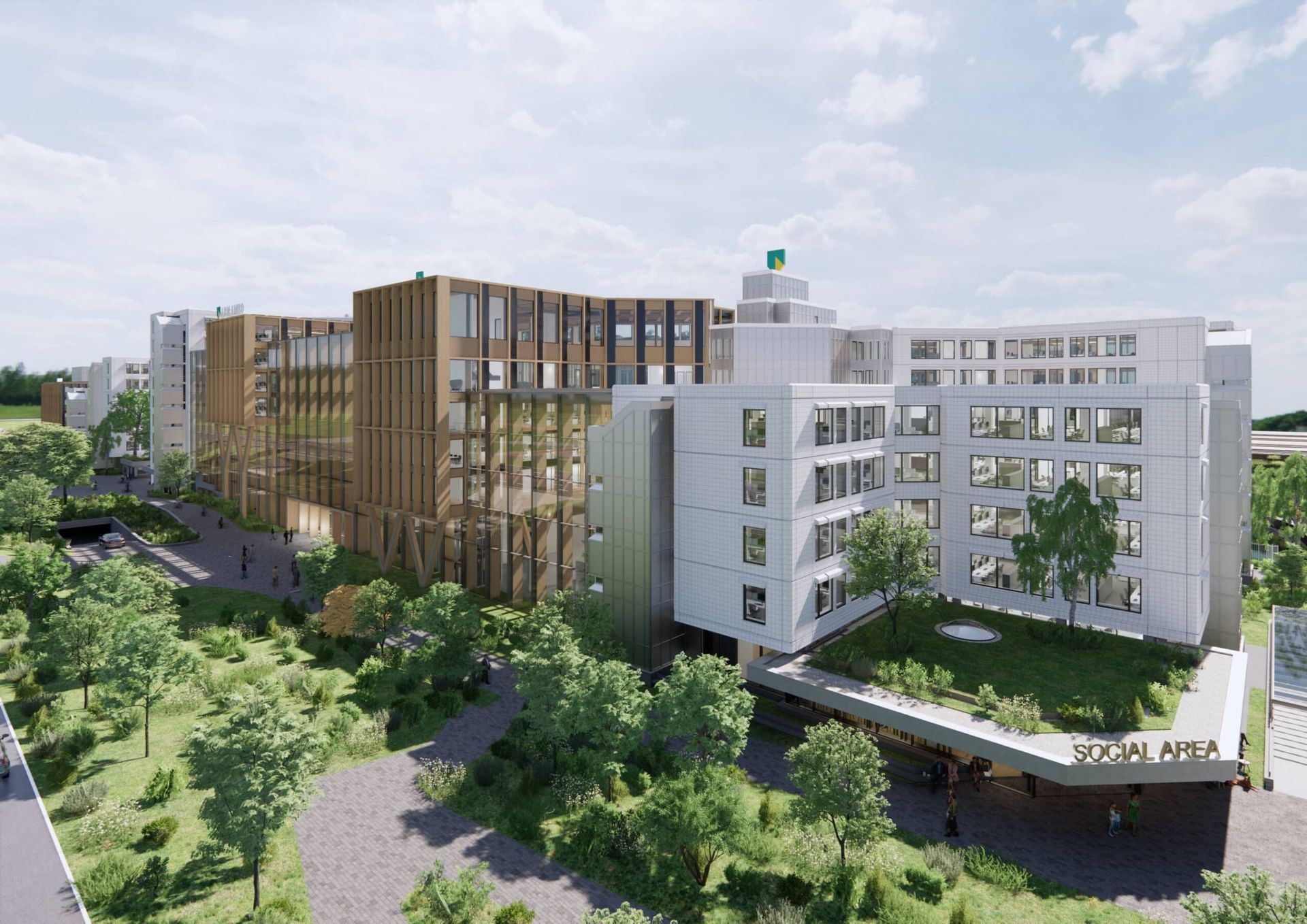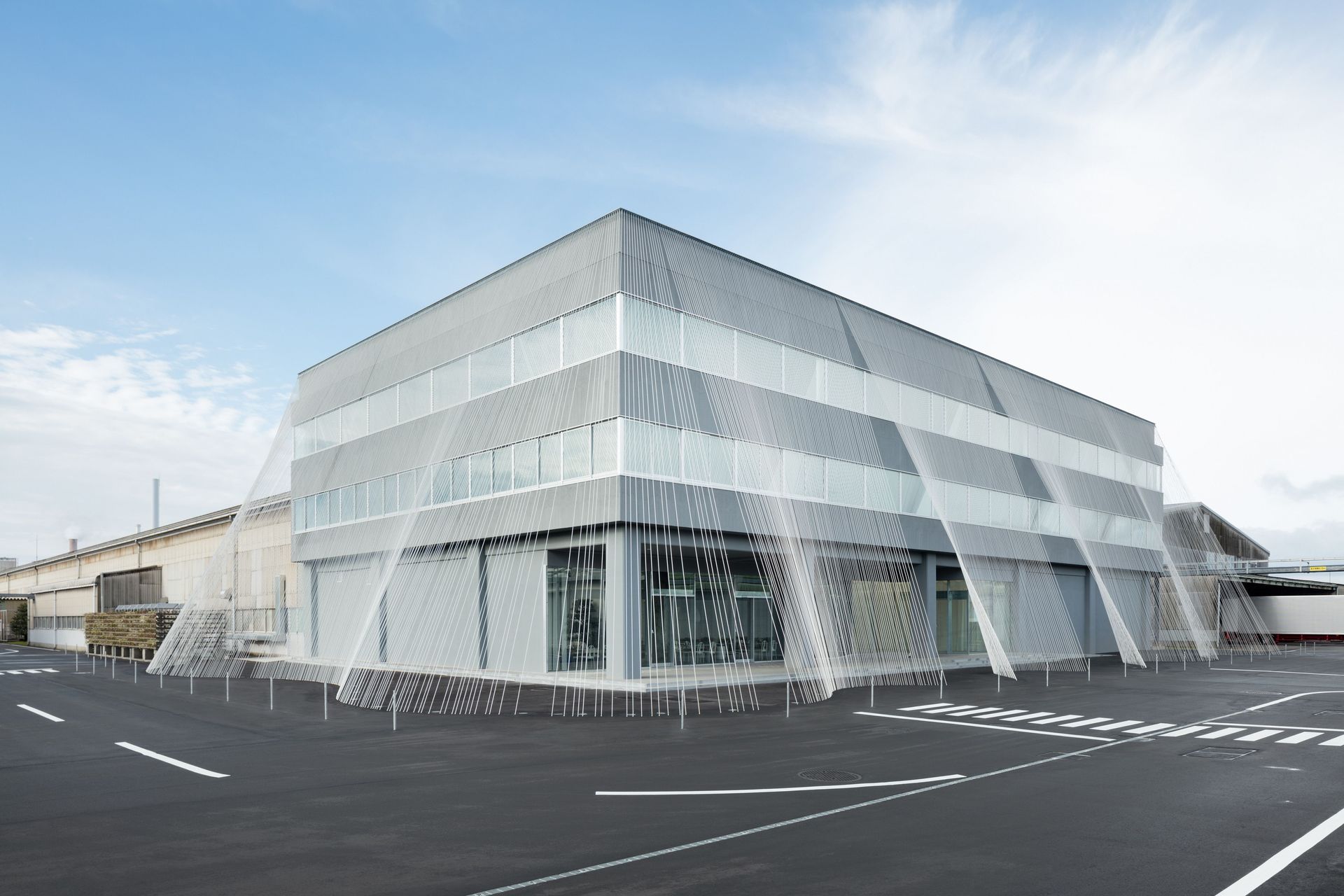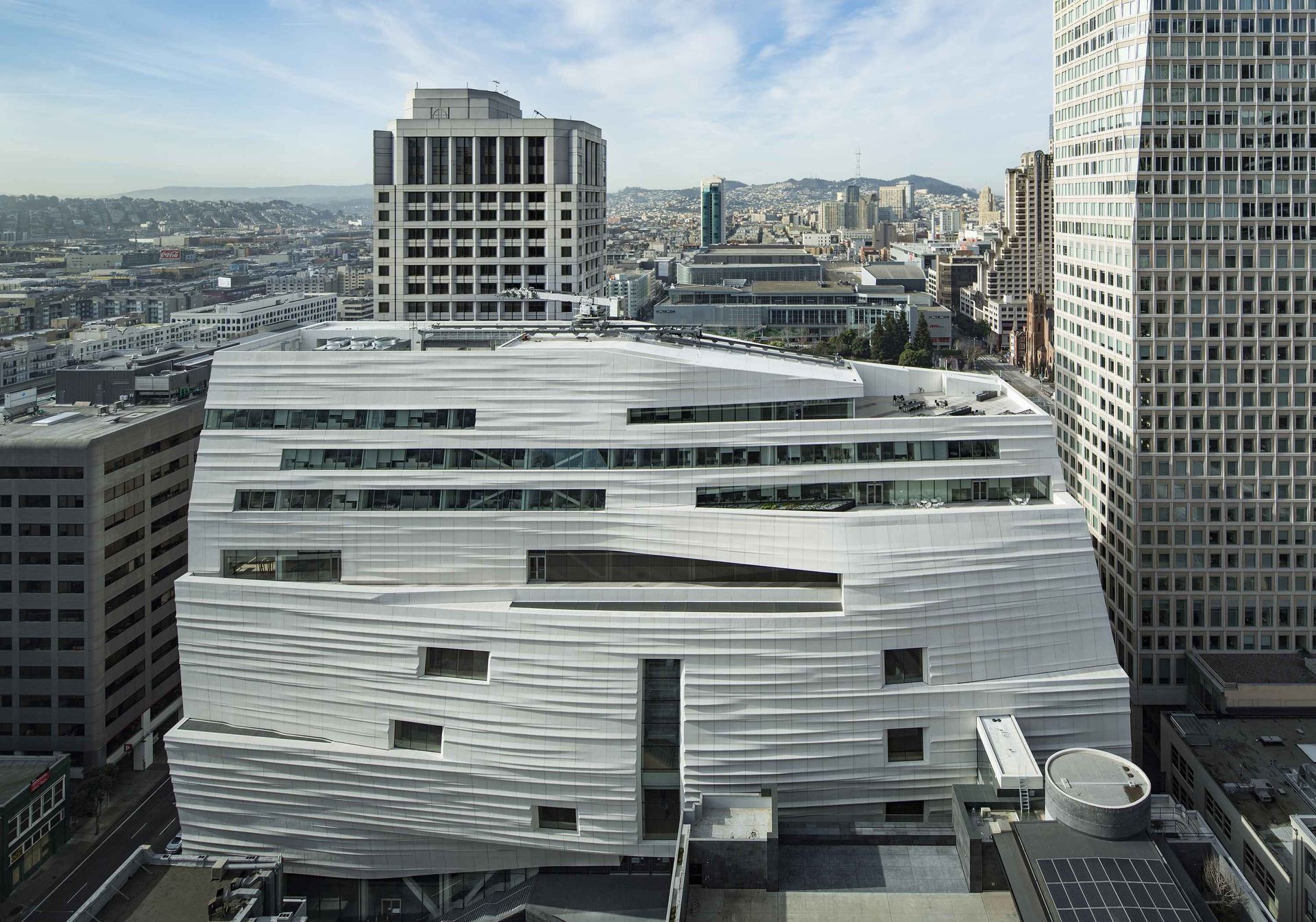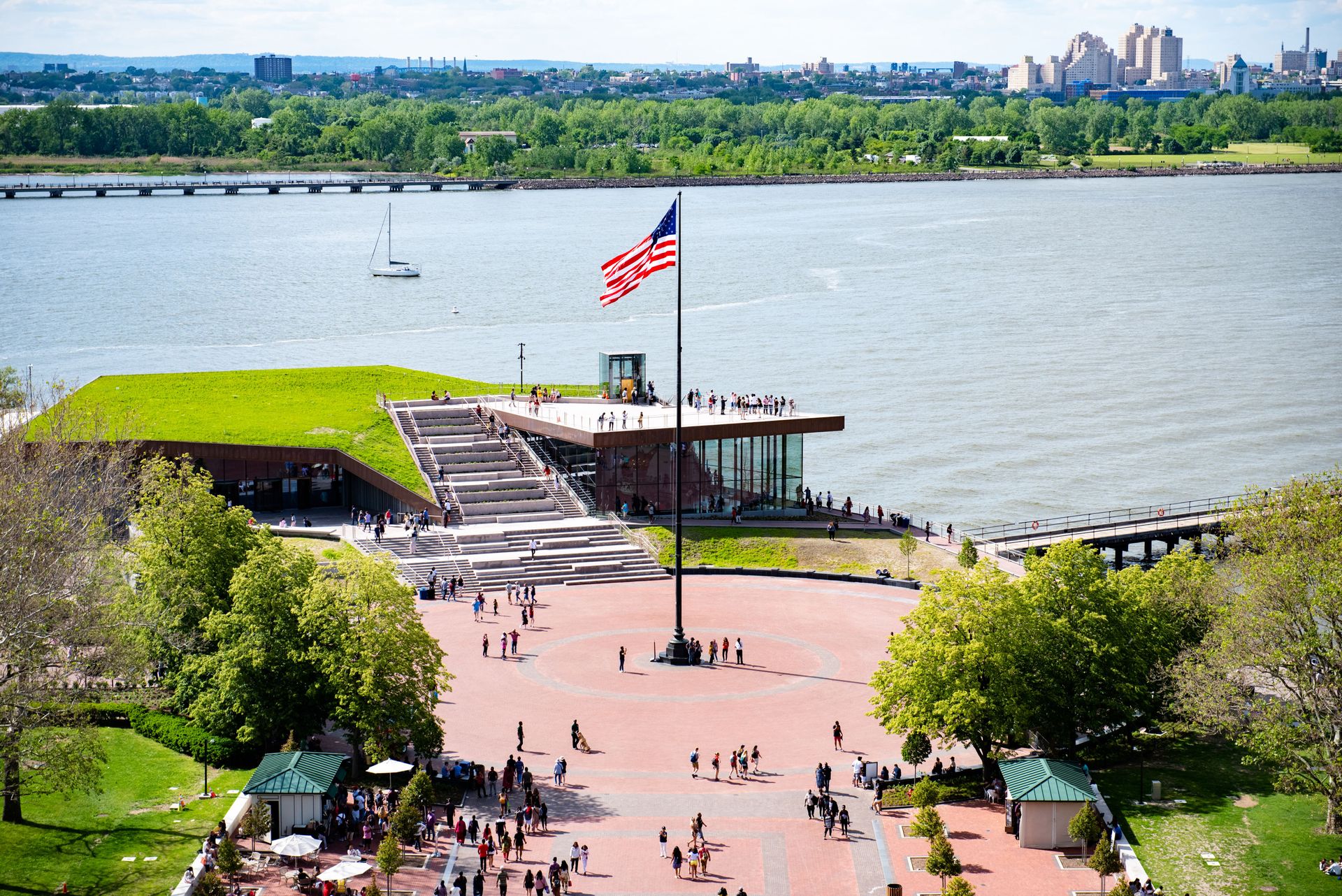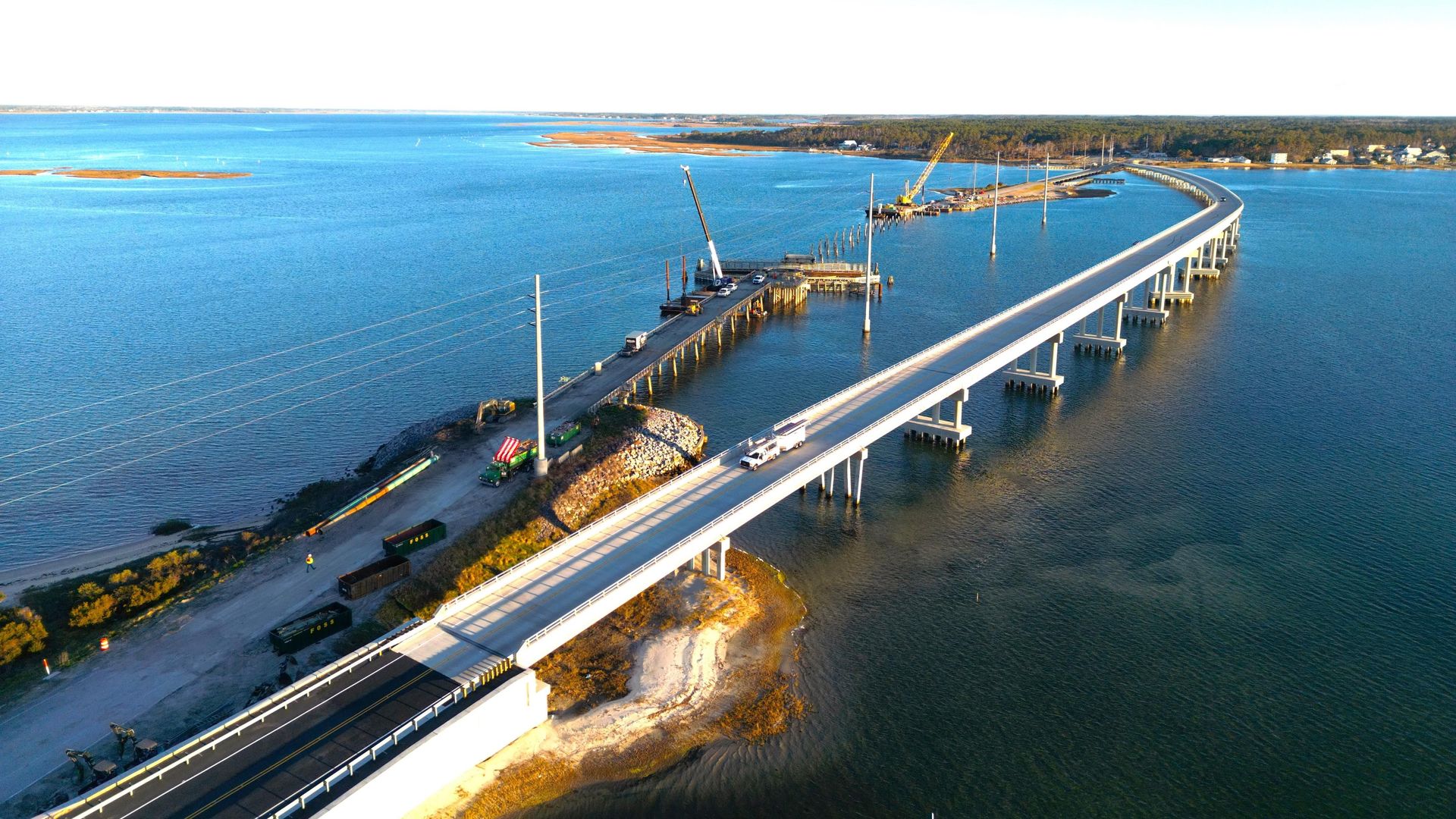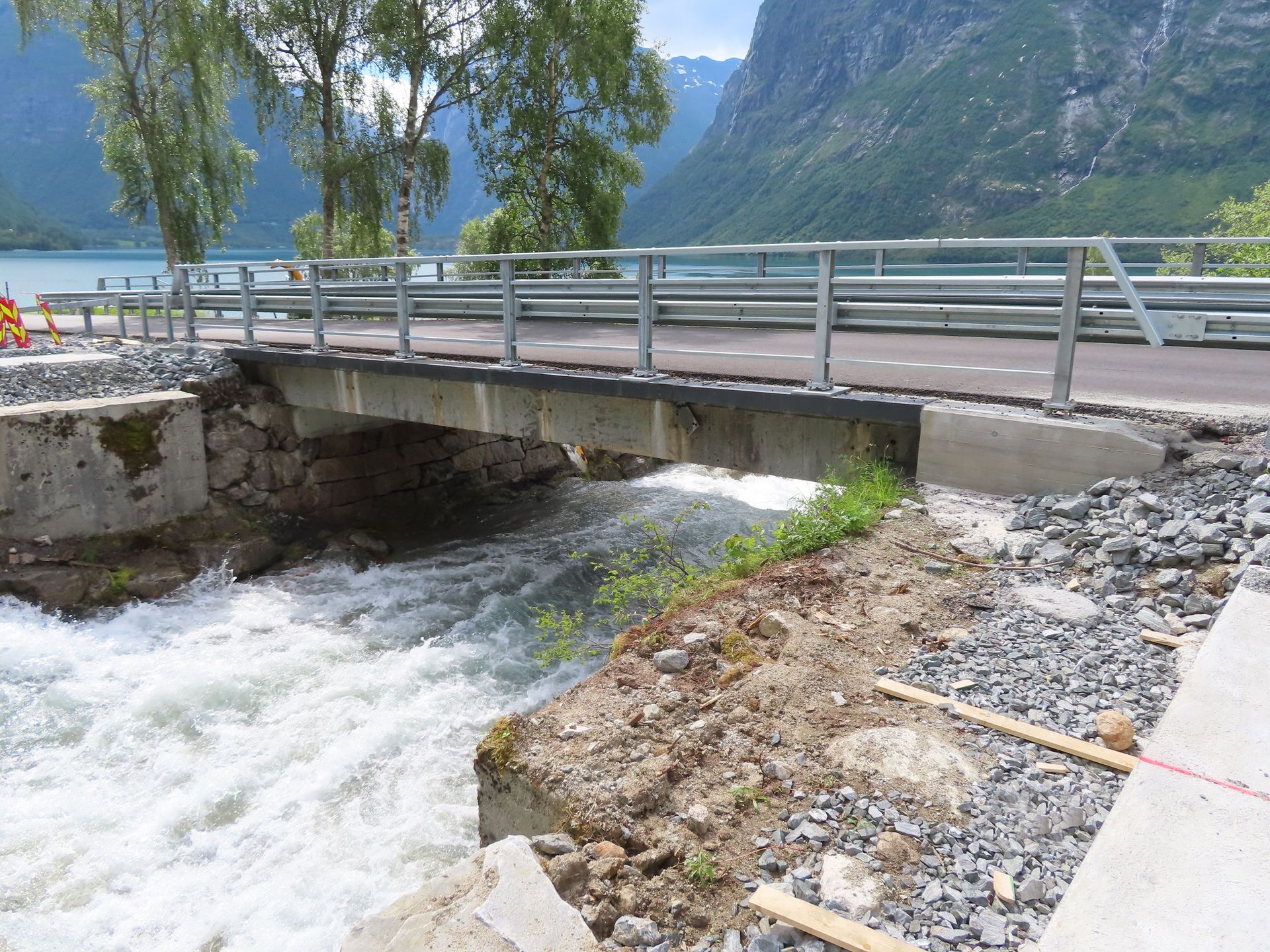Makeitaparadox
scroll to exploreArchitectureinspired by Nature, ambitious and innovative
Pavingthe wayto newpossibilities
Ideal fusionof the power ofcomposites
The powerful, harmonious union of compositesreveals a new vision of architecture. More efficient, more versatile, composite materials offer infinite possibilities, innovation and renewed aesthetics, for new contemporary, sustainable and high-performance challenges.
Protection and beauty merge in performance
Composite materials combine strength and lightness, offering maximum protection against the elements and better insulation while maintaining an elegant aesthetic. Their innovative structure allows for durable and visually impressive creations, where design and performance come together without compromise.
What if you letYourself beSurprised by
this unexpectedparadox ofarchitecture ?
Embrace thisparadox thatshakes up andsublimatesconventions
FROM FRAGILITY TO STRENGTH. FROM AGEING TO REVIVAL
Why Choose Composites
It is through thisparadox, whichunites opposingmaterials...
thateverythingbecomespossible...
Standards
ASTM E-84 - Test Method for Surface Burning Characteristics of Building Materials
This test method is intended to provide only comparative measurements of surface flame spread and smoke density with those of select grade red oak and fibre-cement board surfaces under the specific fire exposure conditions described herein.
Design of Fibre-Polymer Composite Structures
Classification using data from reaction to fire tests.
Fire Classification of Construction Products and Building Elements
The National Building Code of Canada (NBC) 2020, developed by the Canadian Commission on Building and Fire Codes and published by the National Research Council of Canada, sets out technical requirements for the design and construction of new buildings, and the alteration, change of use, and demolition of existing buildings.
IIBH Japan
The Institute of International Harmonization for Building and Housing (IIBH) aims to contribute to developing Japan's building and housing sector by promoting international harmonisation of technologies, systems, codes, and standards in the field of building and housing.
International Building Code - Interior Finishes
The chapter contains the performance requirements for controlling fire growth and smoke propagation within buildings by restricting interior finish and decorative materials.
National Building Code of Canada 2020
The National Building Code of Canada (NBC) 2020, developed by the Canadian Commission on Building and Fire Codes and published by the National Research Council of Canada, sets out technical requirements for the design and construction of new buildings, and the alteration, change of use, and demolition of existing buildings.
National Building Code of India 2026
The National Building Code of India (NBC) provides guidelines for regulating building construction activities nationwide. It serves as a Model Code for adoption by all agencies involved in building construction, be they Public Works Departments, other government construction departments, local bodies, or private construction agencies.
National Standards for Building Construction
This standard was developed to regulate the basic functions and performance requirements for residential buildings, considering relevant national laws and regulations. It aims to implement national policies related to technology and economics and advance sustainable development.
NFPA 285 - Standard Fire Test Method for Evaluation of Fire Propagation Characteristics
This standard provides a test method for determining the fire propagation characteristics of exterior wall assemblies and panels used as curtain wall assemblies constructed using combustible materials or incorporating combustible components.
Prospect for New Guidance in the Design of FRP
Support for the implementation, harmonisation and further development of the Eurocodes.
Status and Future of the Structural Eurocode: Project Design of Fibre-Polymer Composite Structures
The paper focuses on current and future outputs from the project work by committee CEN/TC 250 WG4 and how stakeholders (e.g., practitioner and academic researcher users of the TS) can provide valuable support to future developments, including the first version of Eurocode standard EN 19101.
The Complete Guide to Building Regulations in South Africa
The primary Building Regulations in South Africa are contained within the SANS 10400 series, developed and maintained by the South African Bureau of Standards (SABS). These building standards cover a wide range of topics, from fire safety and electrical installations to energy efficiency and accessibility for people with disabilities.
The National Construction Code in Australia
As a performance-based code, the National Construction Code sets the minimum required level for the safety, health, amenity, accessibility and sustainability of certain buildings. The Australian Building Codes Board, on behalf of the Australian Government and each State and Territory government, produces and maintains the National Construction Code.
International Building Code (IBC) - Fibre-Reinforced Polymer
The provisions of this section govern the requirements and uses of fibre-reinforced polymer in and on buildings and structures.
American Concrete Institute (ACI)
ACI produces hundreds of documents dedicated to improving the design, construction, maintenance, and repair of concrete and masonry structures. Standardization is the most rigorous consensus process used by ACI. Its sustainability goals include repair / upgrading / strengthening existing structures w/ appropriate technologies including composites.
Argentine Institute of Standardization and Certification (IRAM)
A private non-profit civil association with more than 85 years of experience and the only ISO representative in Argentina.
Association Française de Génie Civil (AFGC)
AFGC is a privileged place for scientific and technical meetings and exchanges between all actors of Civil Engineering (engineers or technicians, architects, teachers or students), whether they are contractors, designers, directors or researchers.
Brazilian Association of Technical Standards
A private, non-profit organization that acts as the national standardization body, developing technical standards for various sectors, including civil construction.
Brazilian Ministry of Labor and Employment (MTE)
Establishes Regulatory Norms (NRs) for workplace safety and health in the construction sector.
BÜV eV
The members of the Construction Supervision Association (BÜV eV) are experienced test engineers and highly qualified independent experts who advise building owners in terms of consumer protection, of usability and sustainability.
Cooling Technology Institute - STD 137
This specification offers recommendations for classification, materials of construction, tolerances, defects, workmanship, inspection, physical, mechanical and design properties of glass fiber-reinforced pultruded structural shapes intended for use as construction items in cooling tower applications.
Cooling Technology Institute - STD 124
This specification covers the material of construction, workmanship, physical properties and methods of testing fiberglass reinforced plastic panels used in the construction of cooling tower fan stacks.
Saudi Building Code Home
The Saudi Building Code National Committee has released the 2024 edition of the Building Code based on Ministerial Decision No. (181) dated 31/12/2024, as a reference version until 30/06/2025. This is the updated edition of the 2018 Building Code. The Saudi Building Code National Committee emphasizes the mandatory application of the 2018 edition of the Building Code until the 2024 edition becomes mandatory on the specified date.

